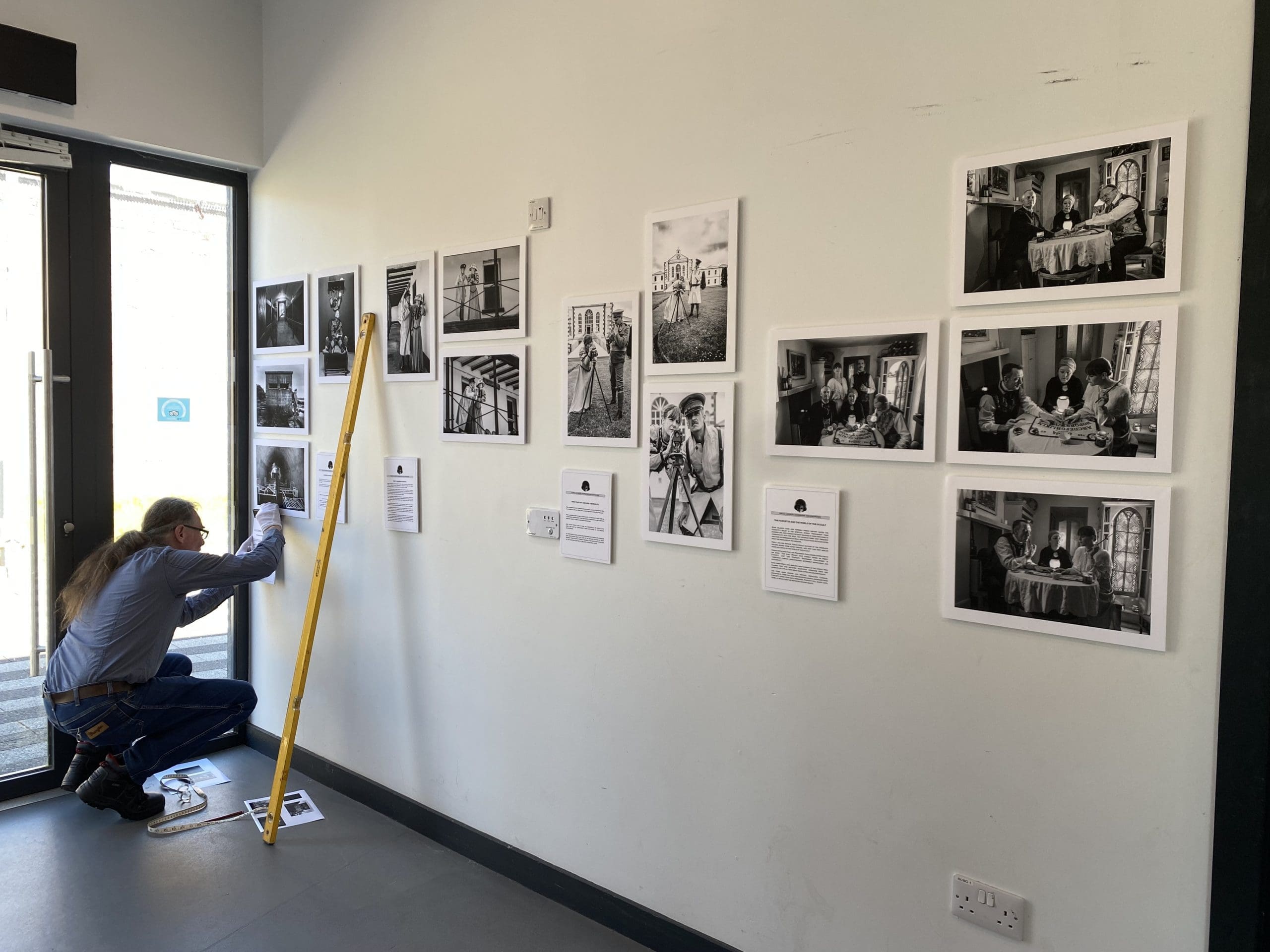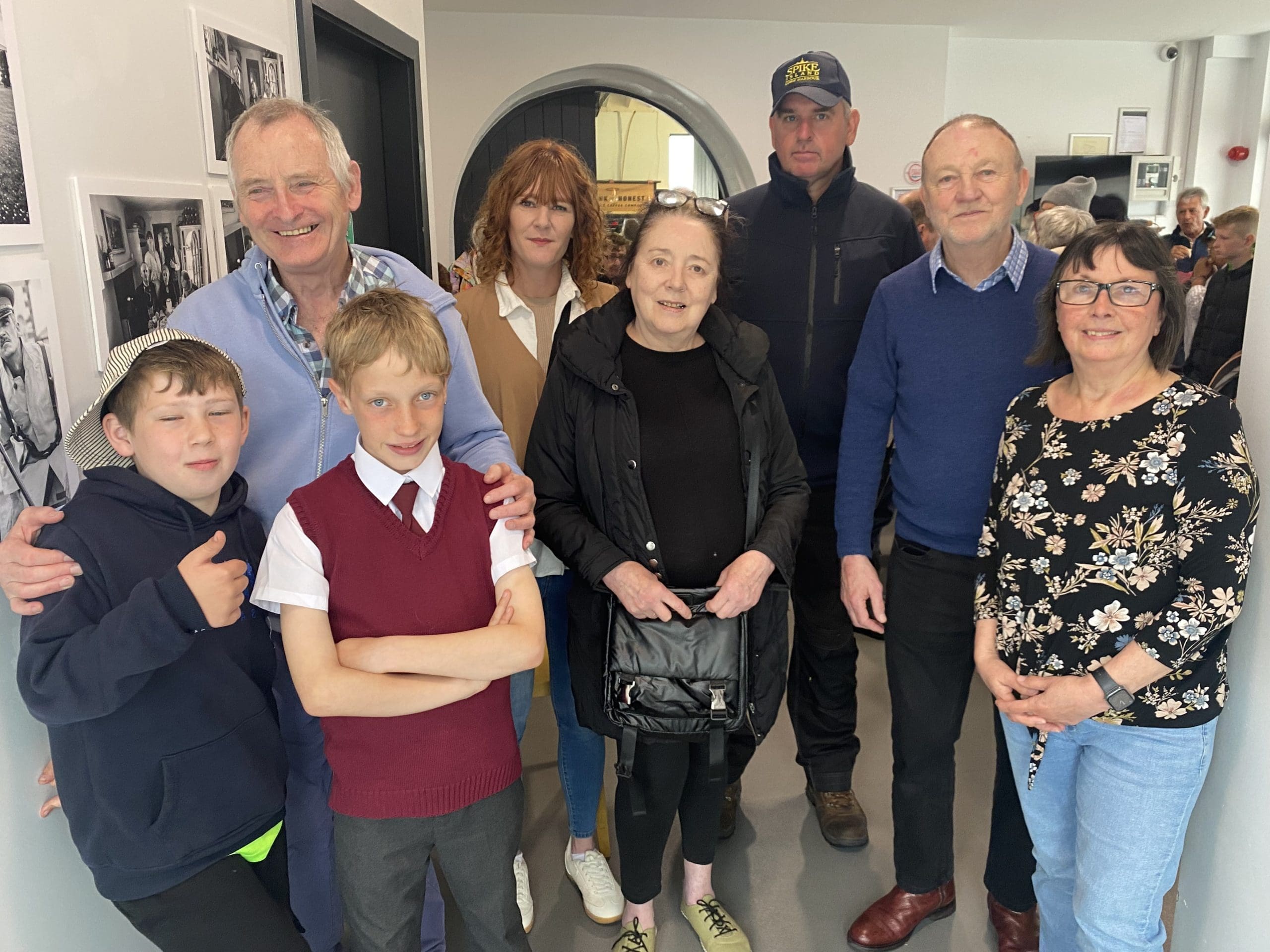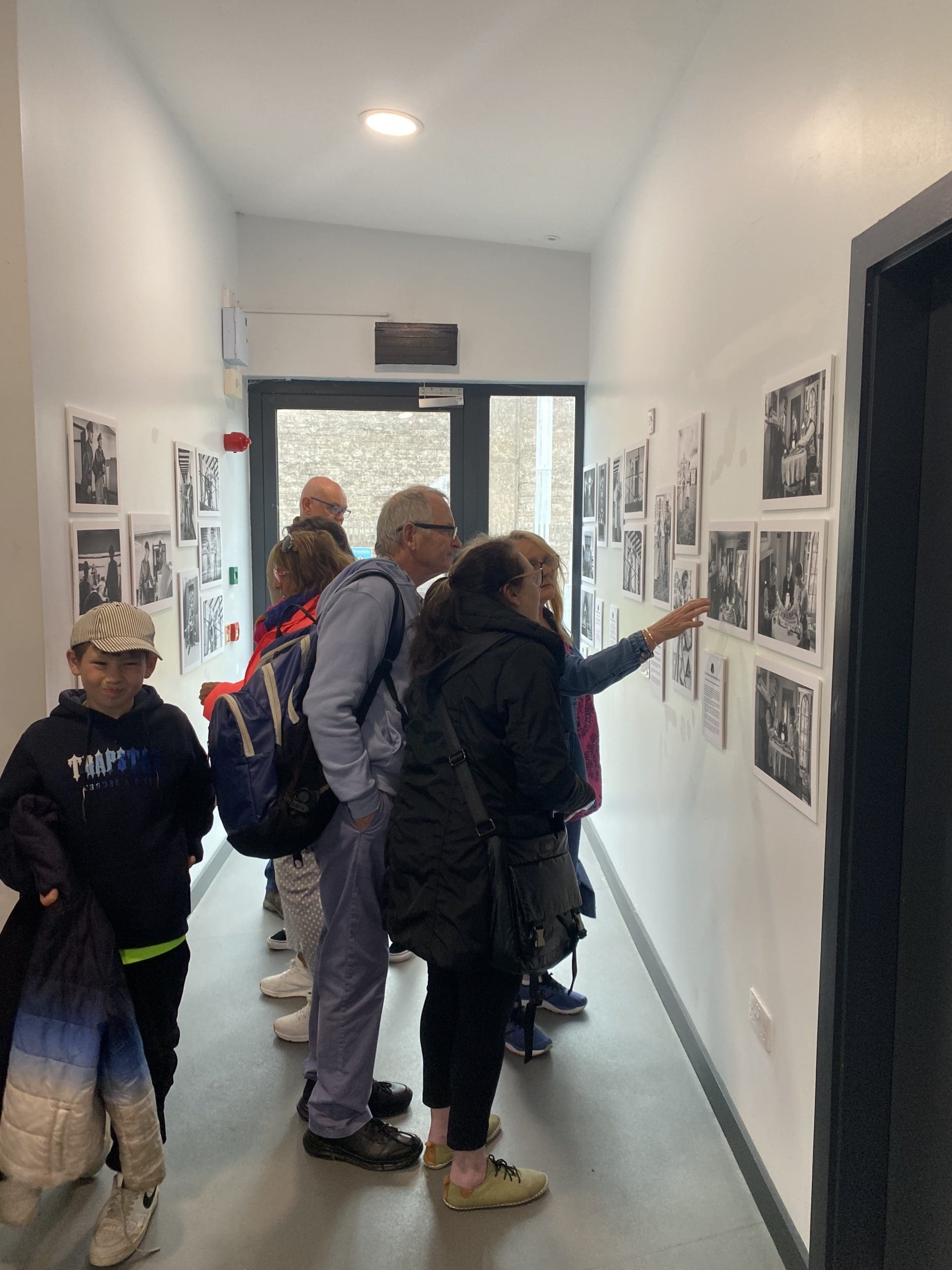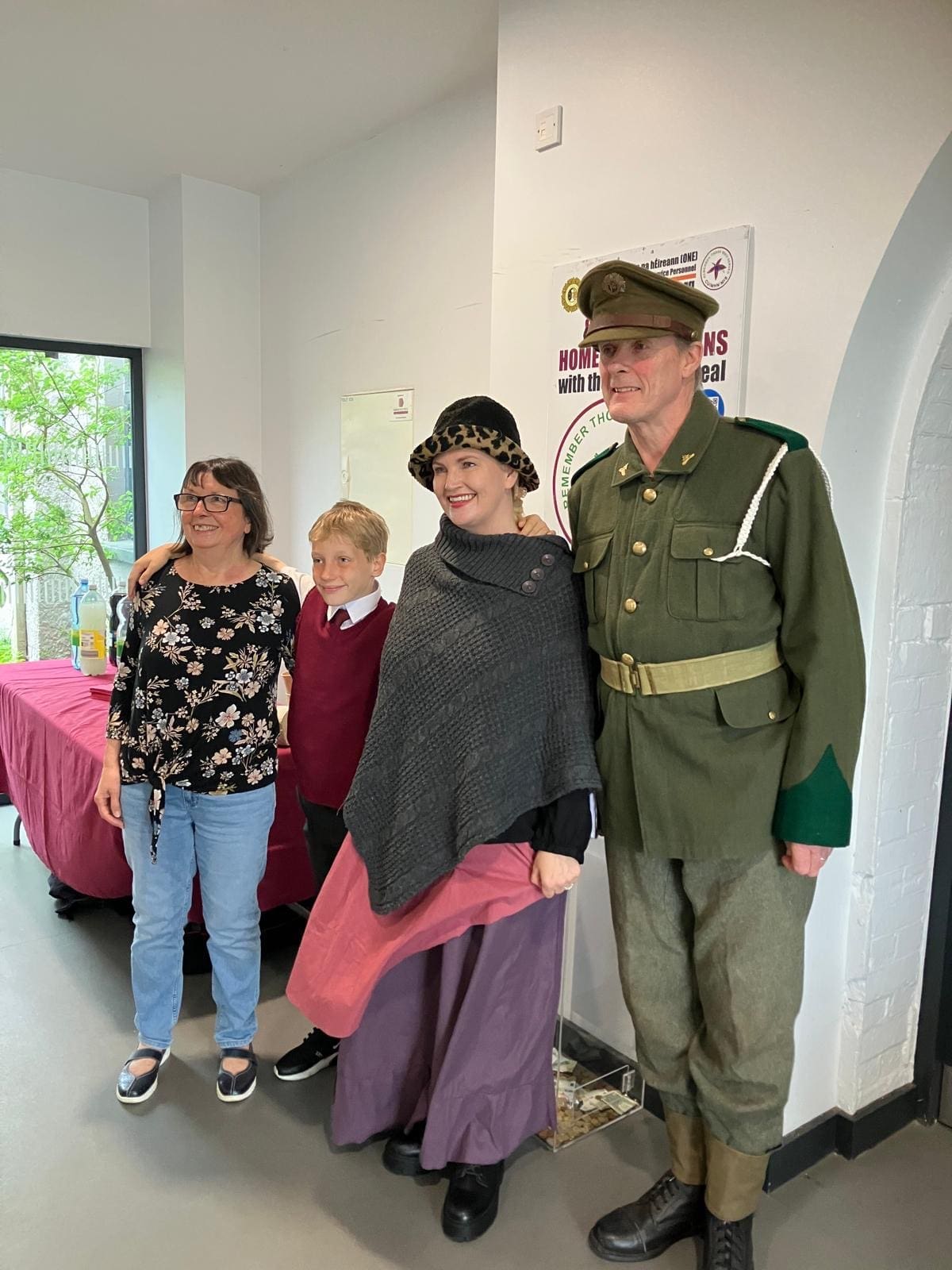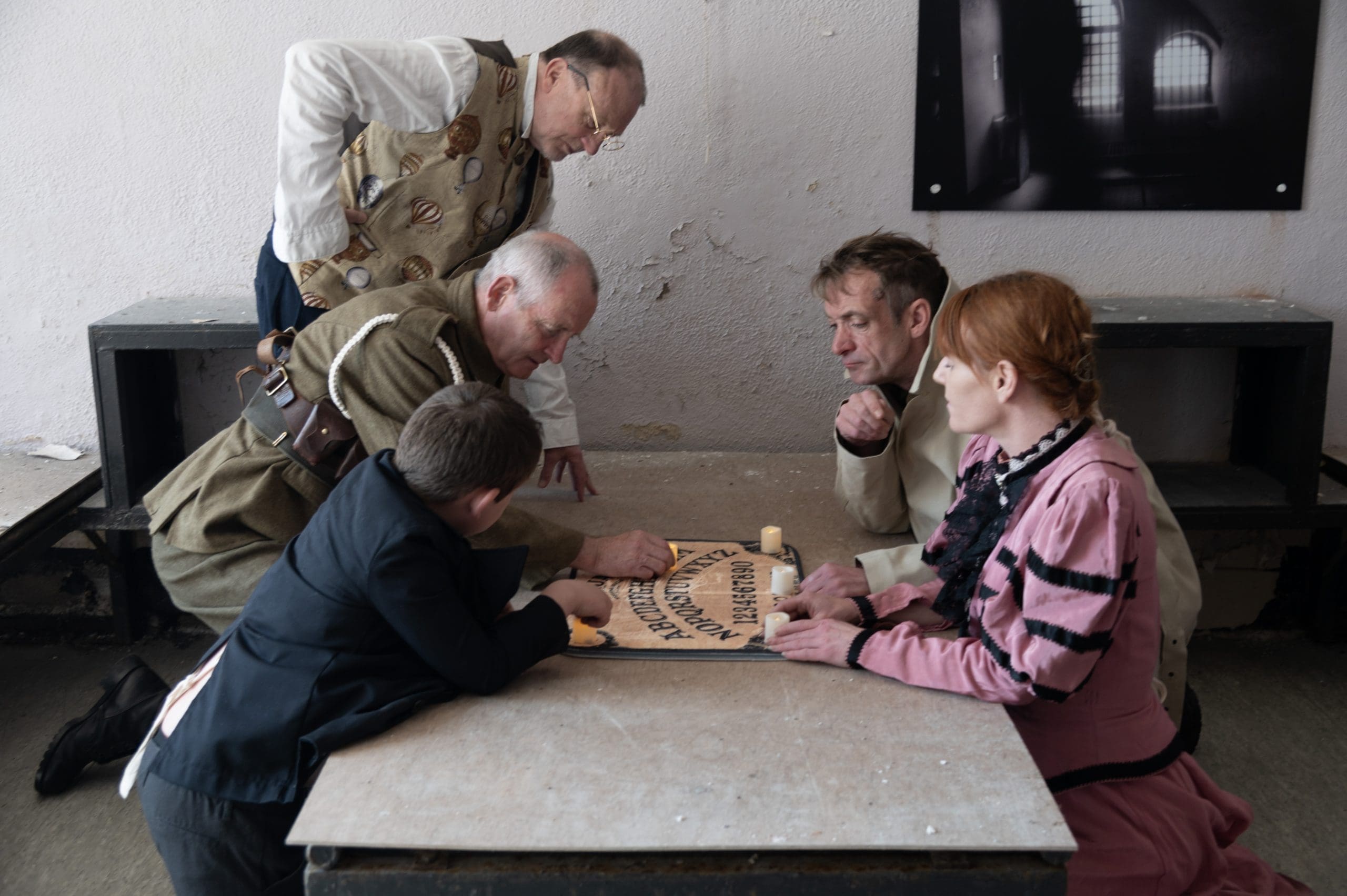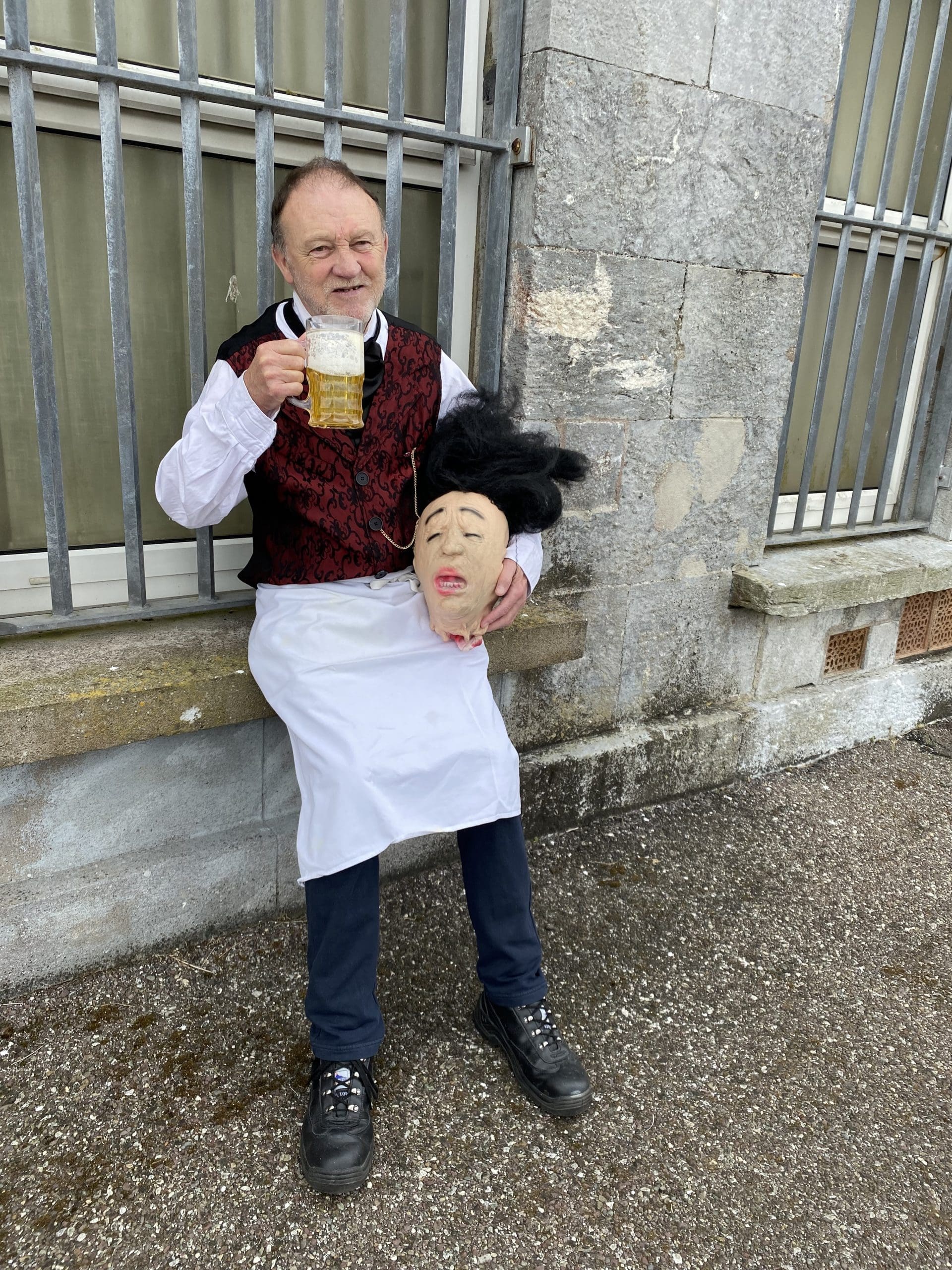GAOLS, GHOSTS, GARRISONS AND GASMASKS
A PHOTOGRAPHIC EXPOSURE OF LIFE ON SPIKE ISLAND
by Fionnghuala Smith
Spike Island has a unique and specific history compared to the rest of Ireland.
It has had a British Military presence from 1779 to 1938 – a one hundred and fifty-nine-year span that has had to have a major influence on its residents and that of Cork Harbour over that period. From 1847 to 1883 it became a famine era prison but still had a garrison presence on the island during that time.
Even though Spike Island was a military establishment the resident children had a great freedom on the island and were able to play and wander anywhere they wanted. Spike was their world, and they were very much insulated from the outside – if they did travel it may be one day a week for a couple of hours to Cork city. Up on the War Department launches and back again a couple of hours later. Most children who were brought up on Spike Island never forgot their idyllic life there for the rest of their lives. Many who had to leave Spike and move to Cobh and elsewhere found it all very unsettling.
A terrible period happened for children when they put a prison there in 1847. Whence before and after the prison these children had the freedom of the island, now it became an island of incarceration, cruelty and devastation.
The exhibition tells some of these stories. Although all the stories are based on historical facts – like a good Hollywood movie certain embellishment and artistic license has been taken.

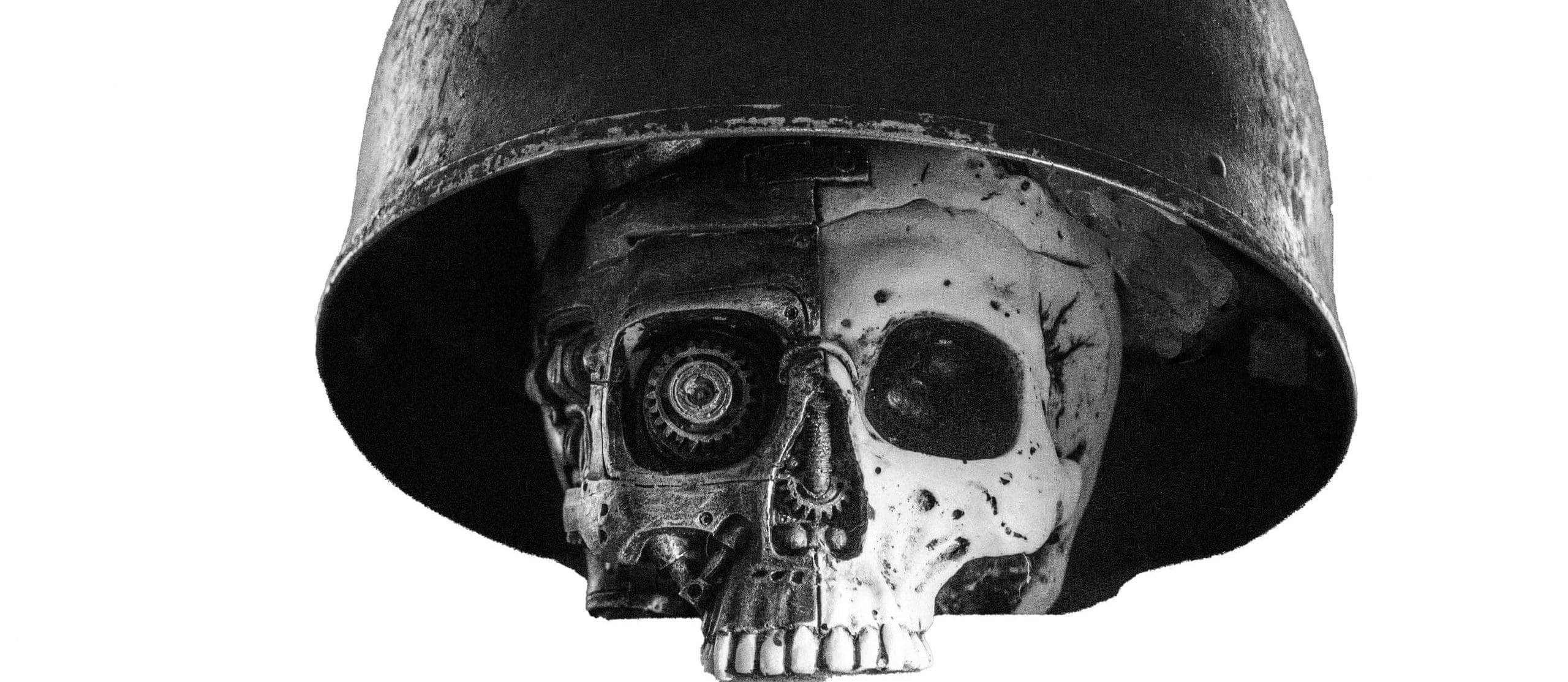
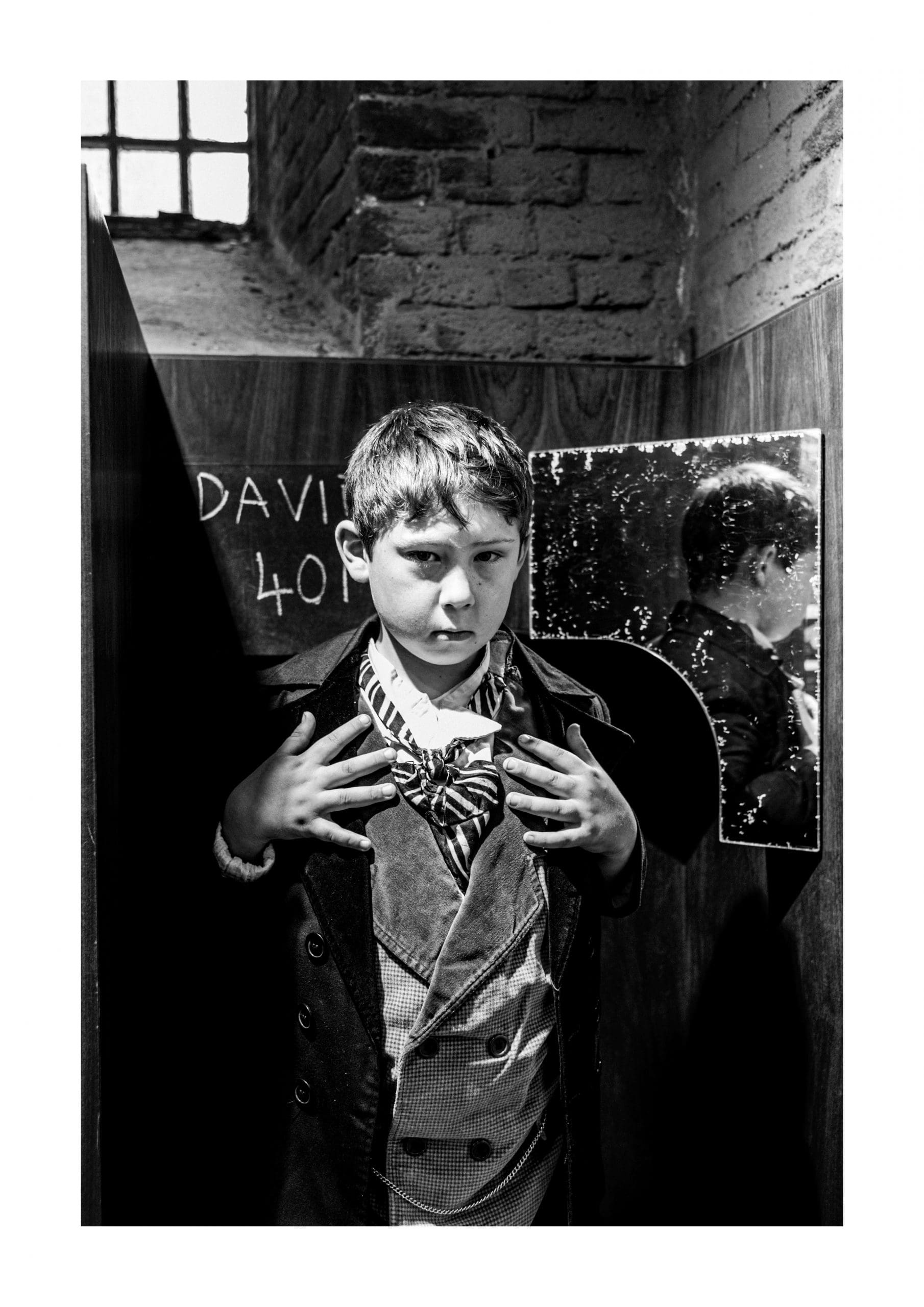
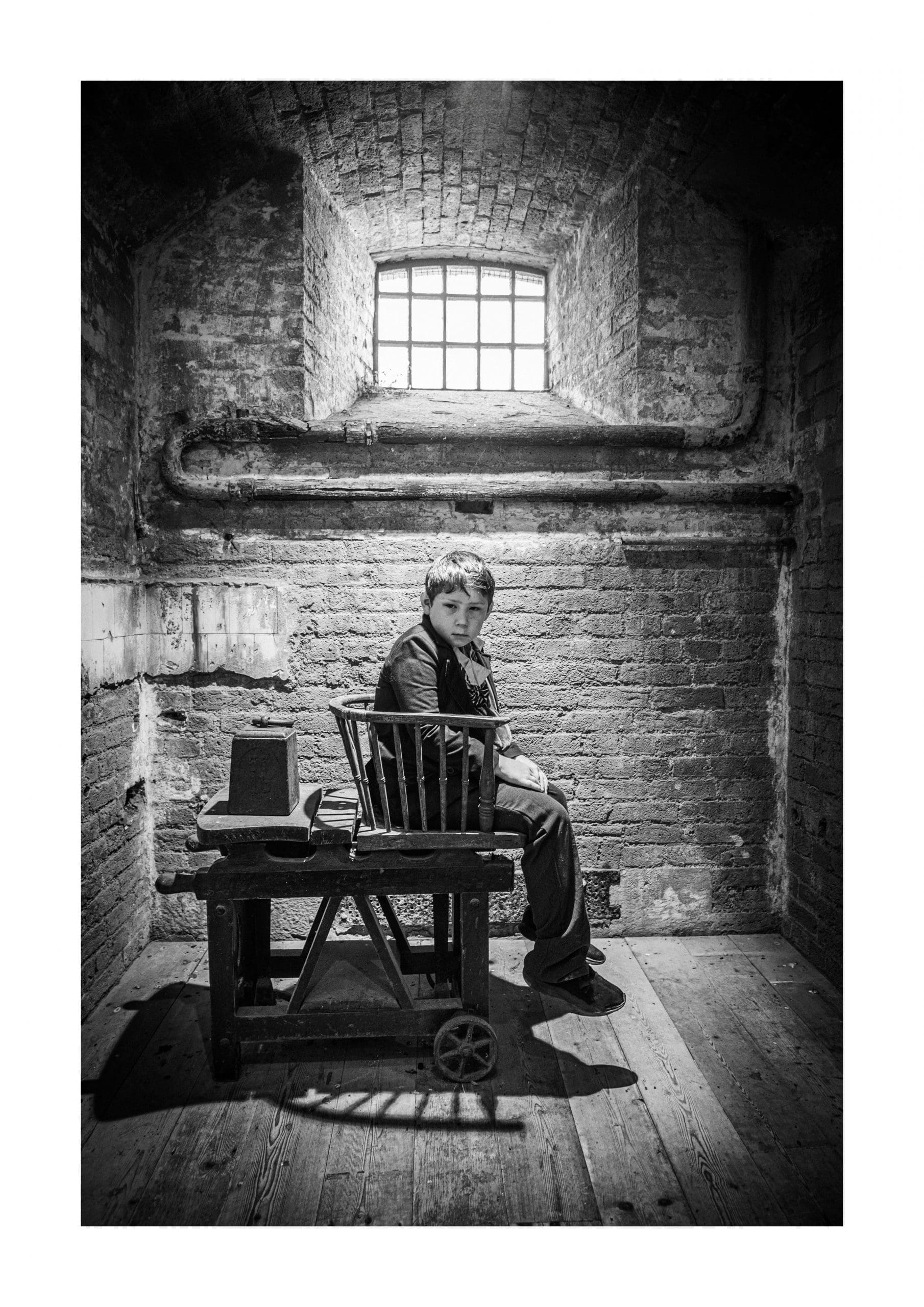
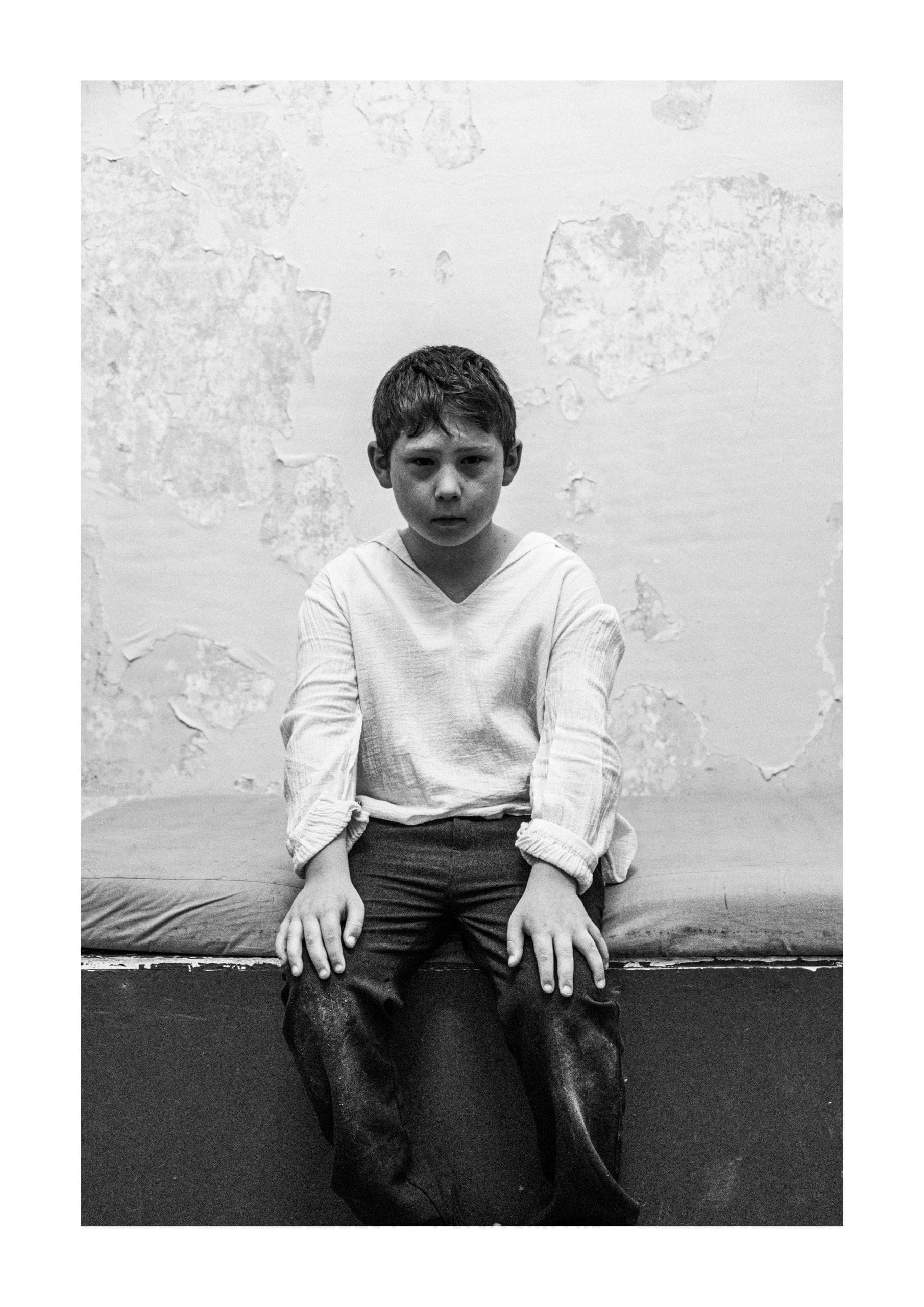
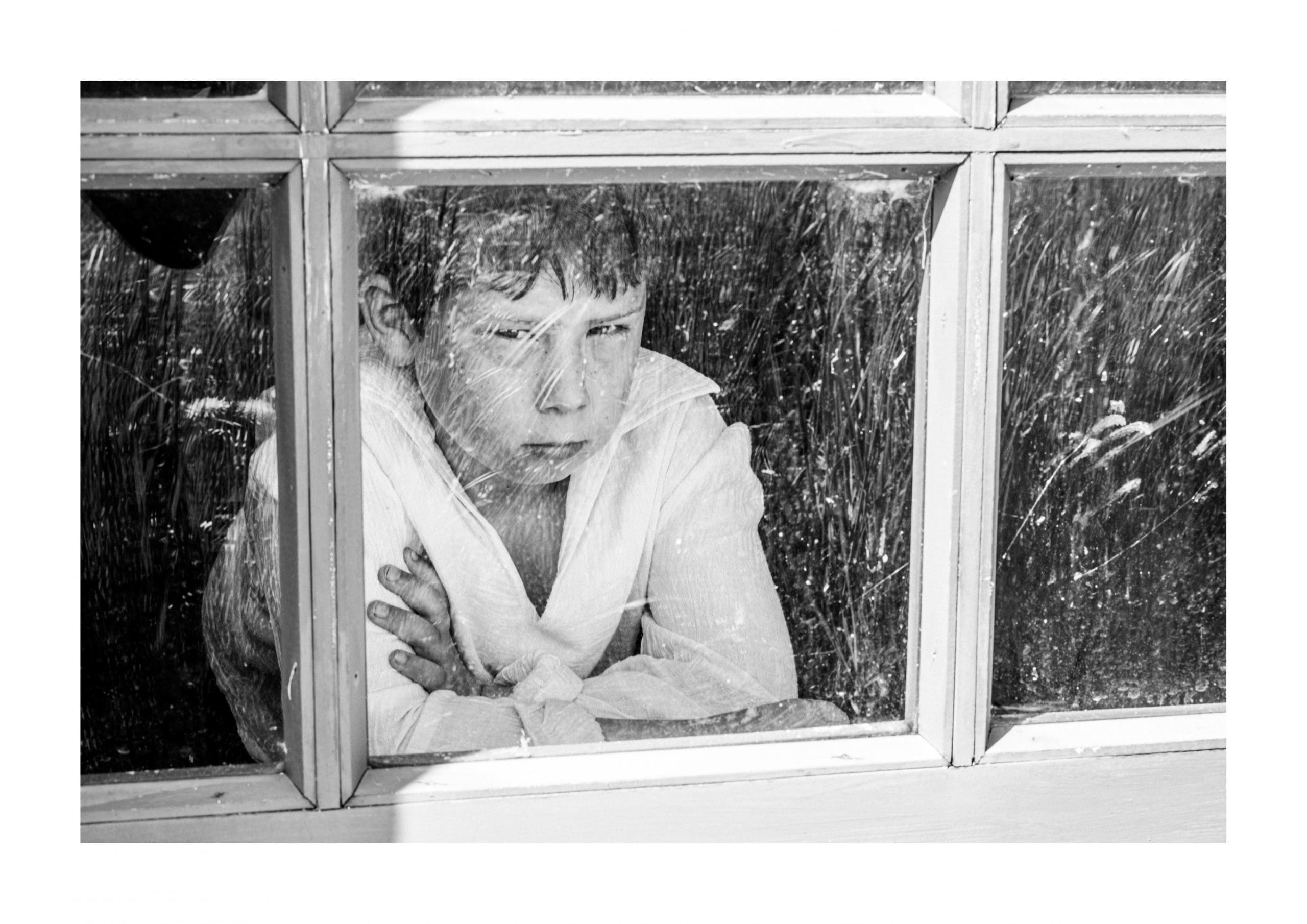
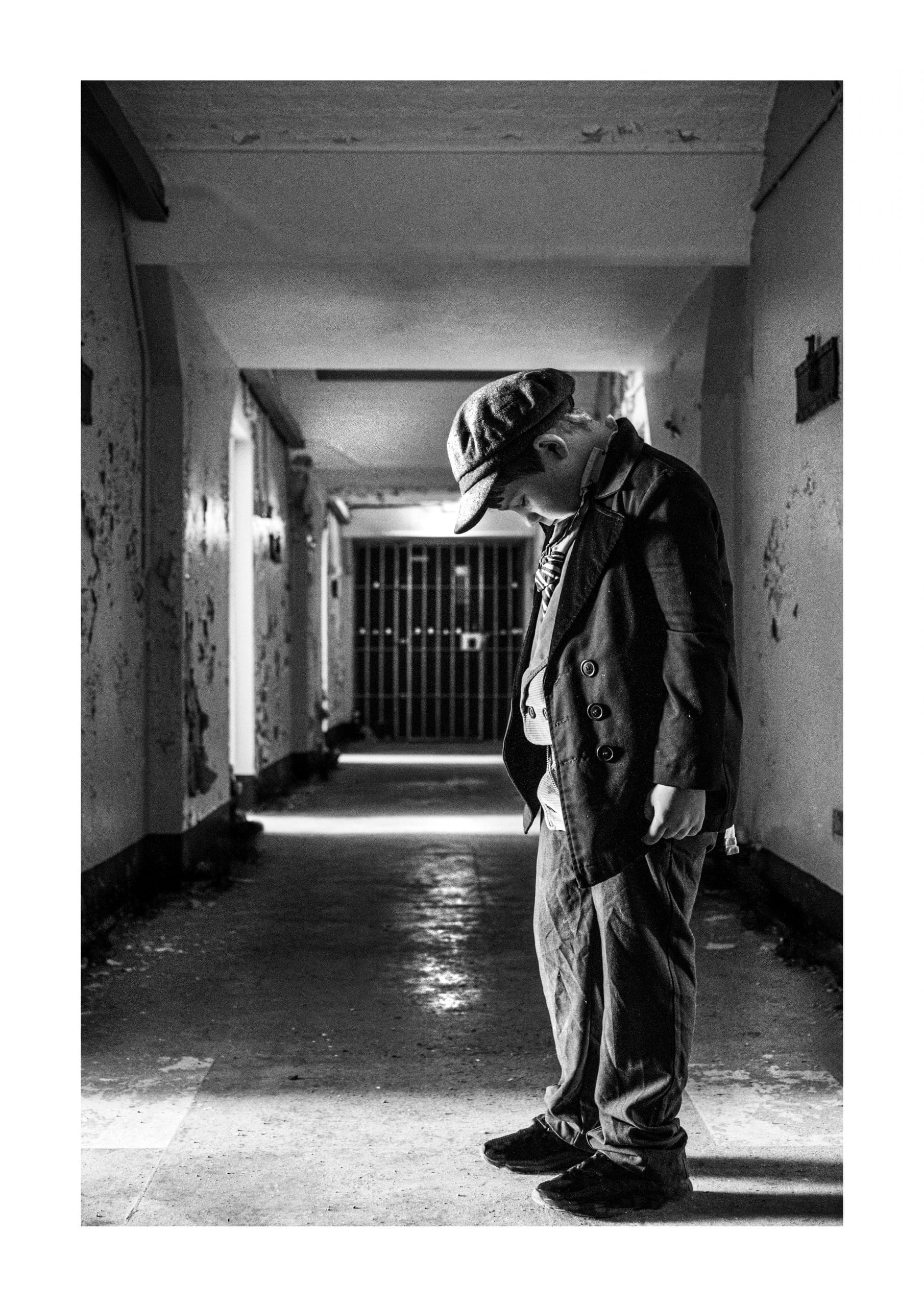
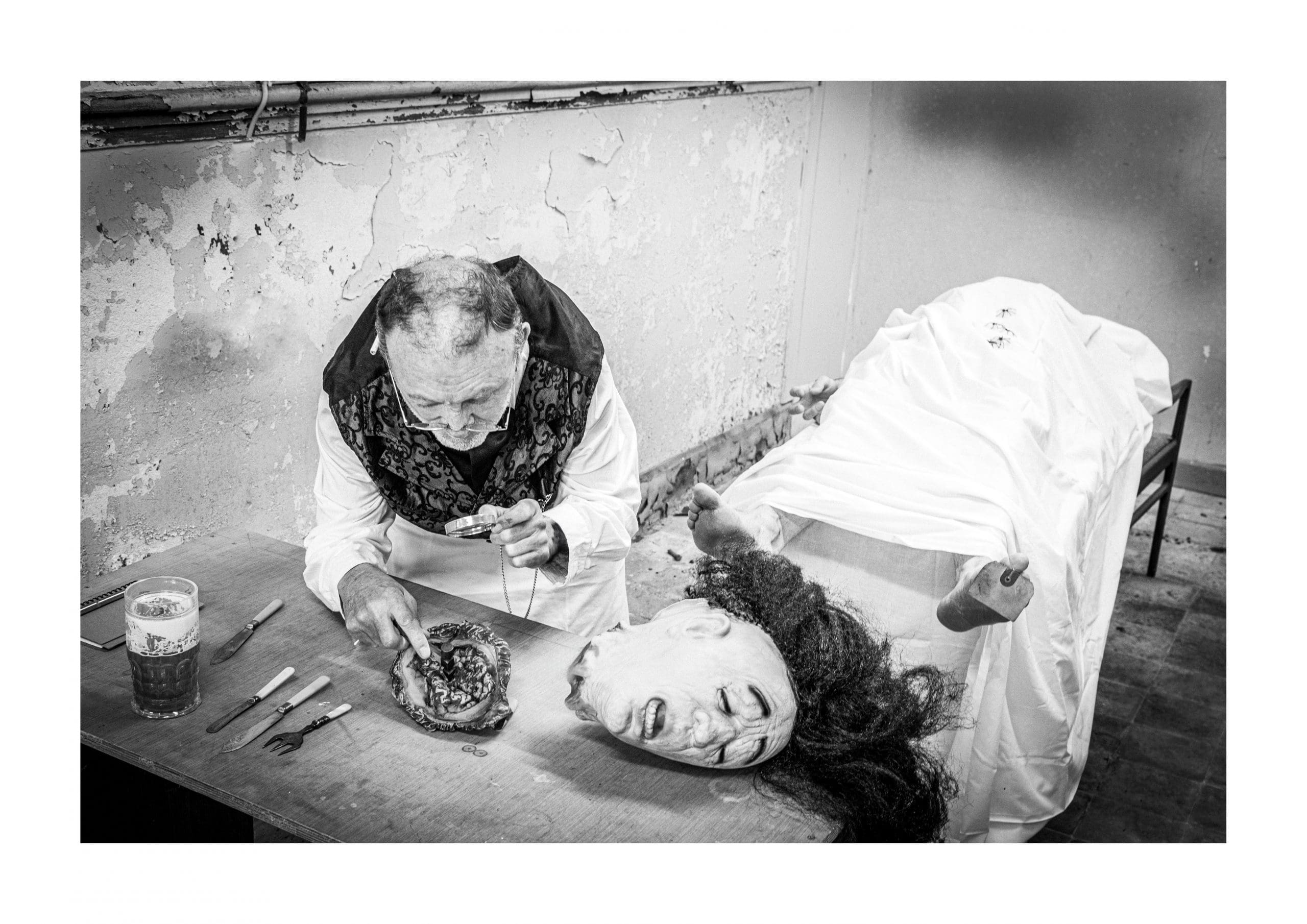
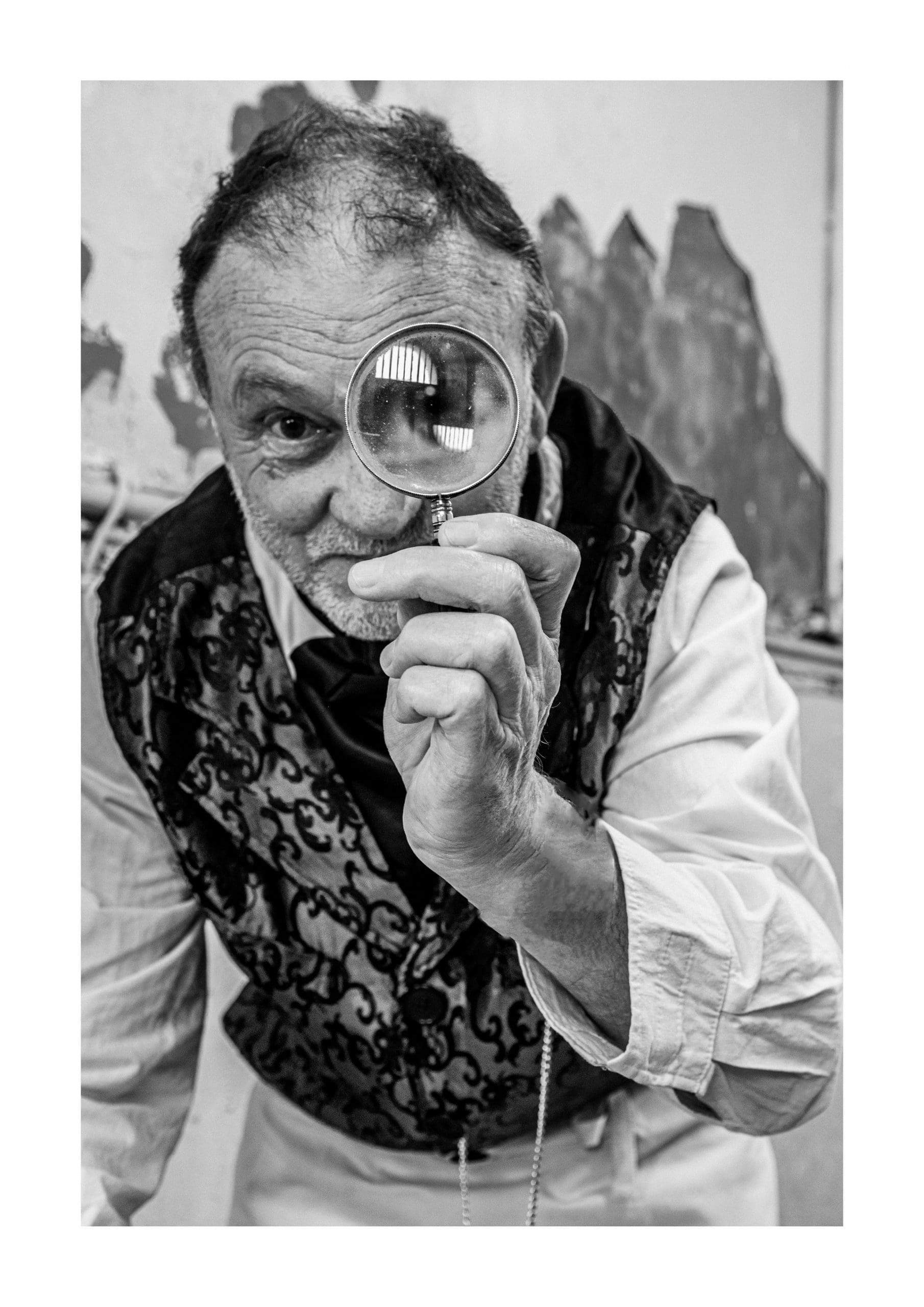

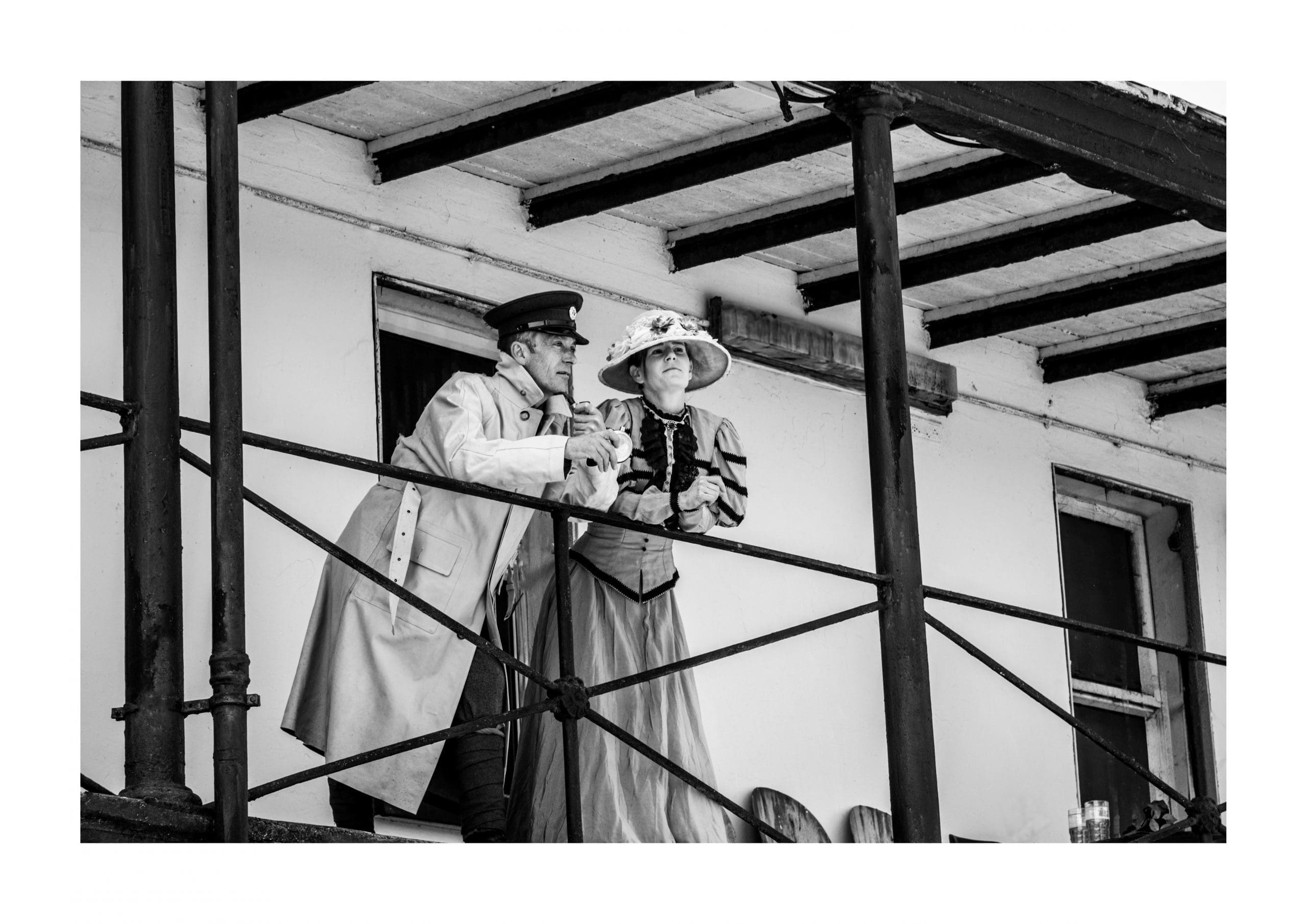

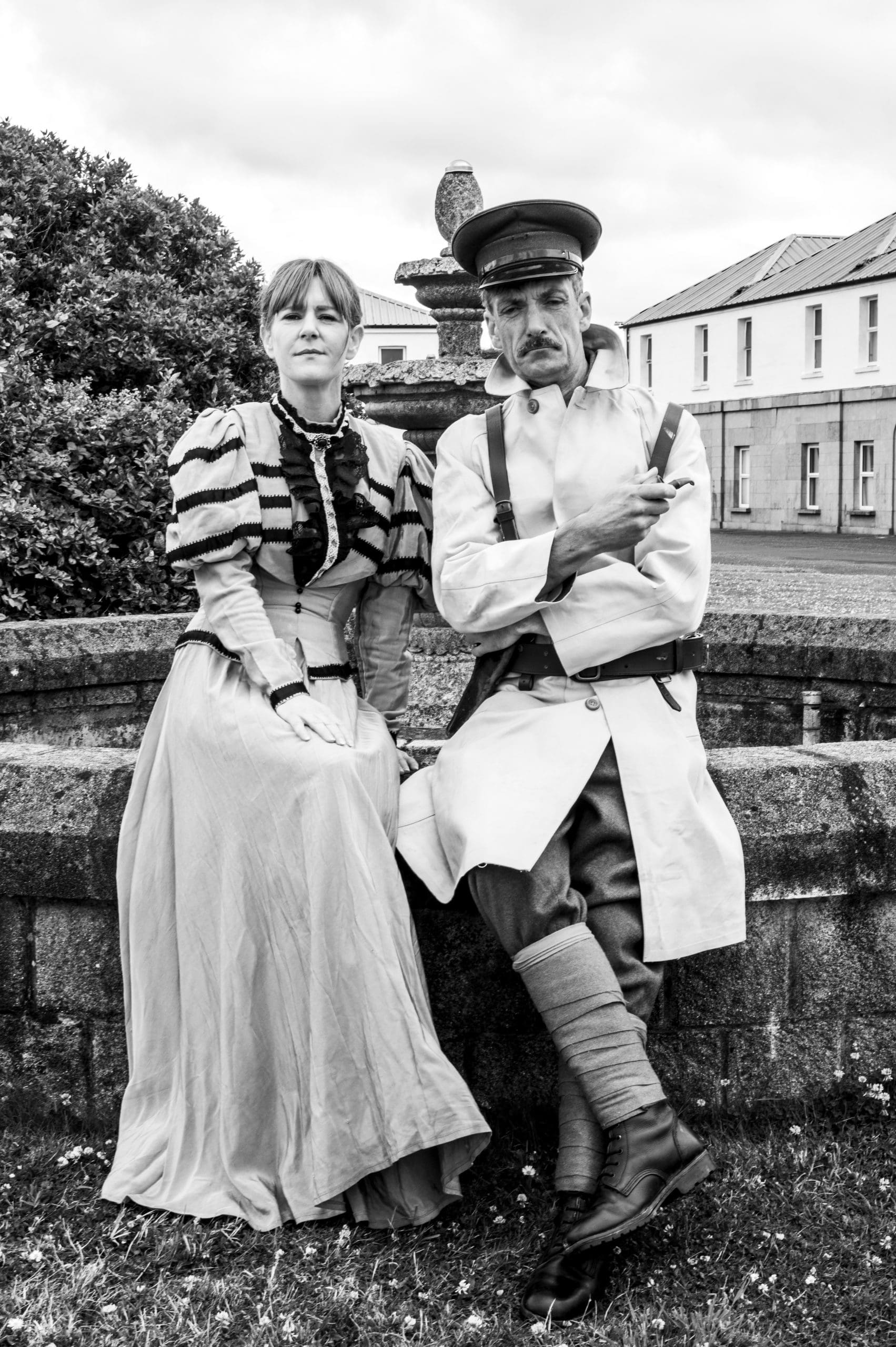
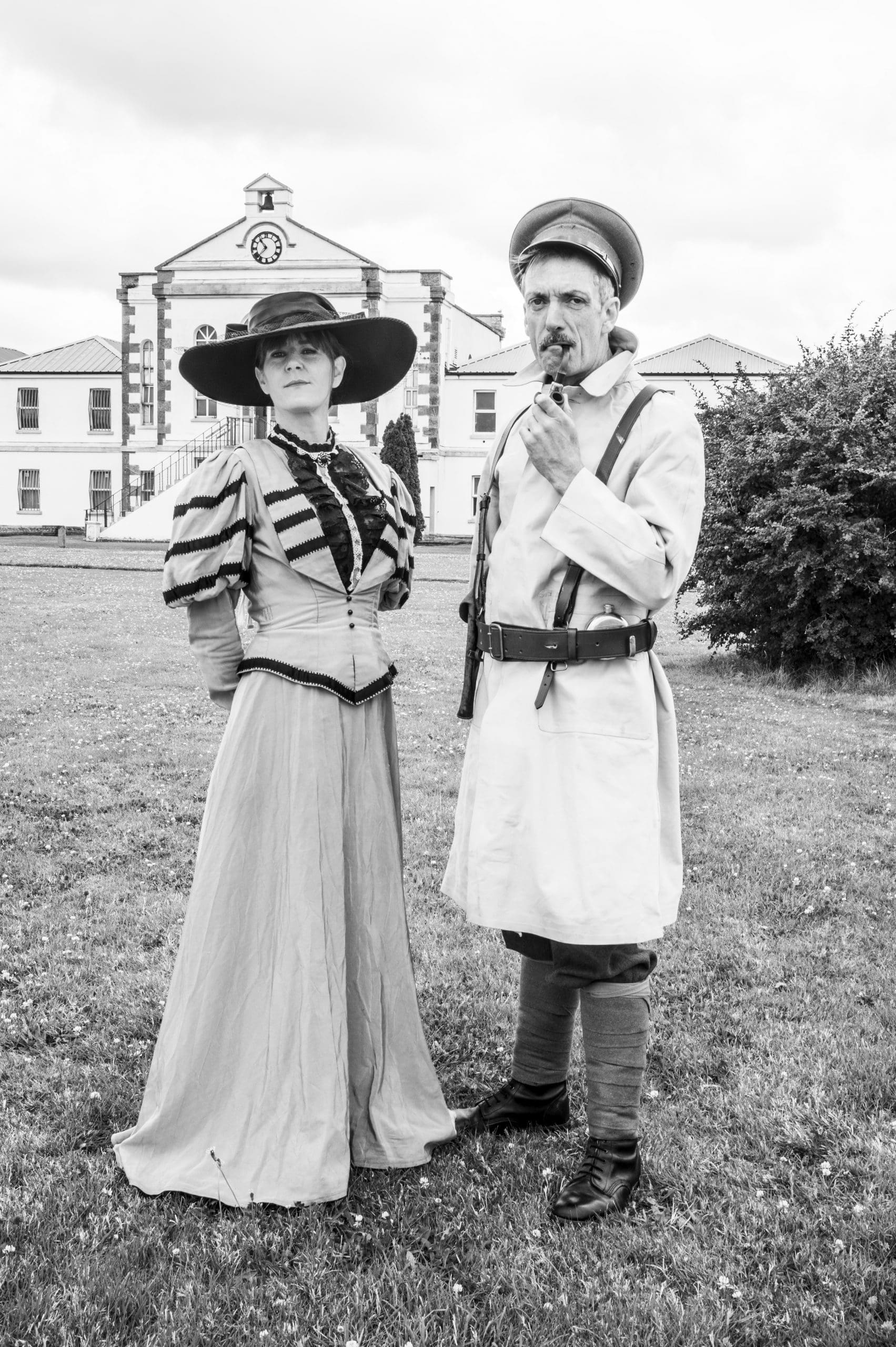

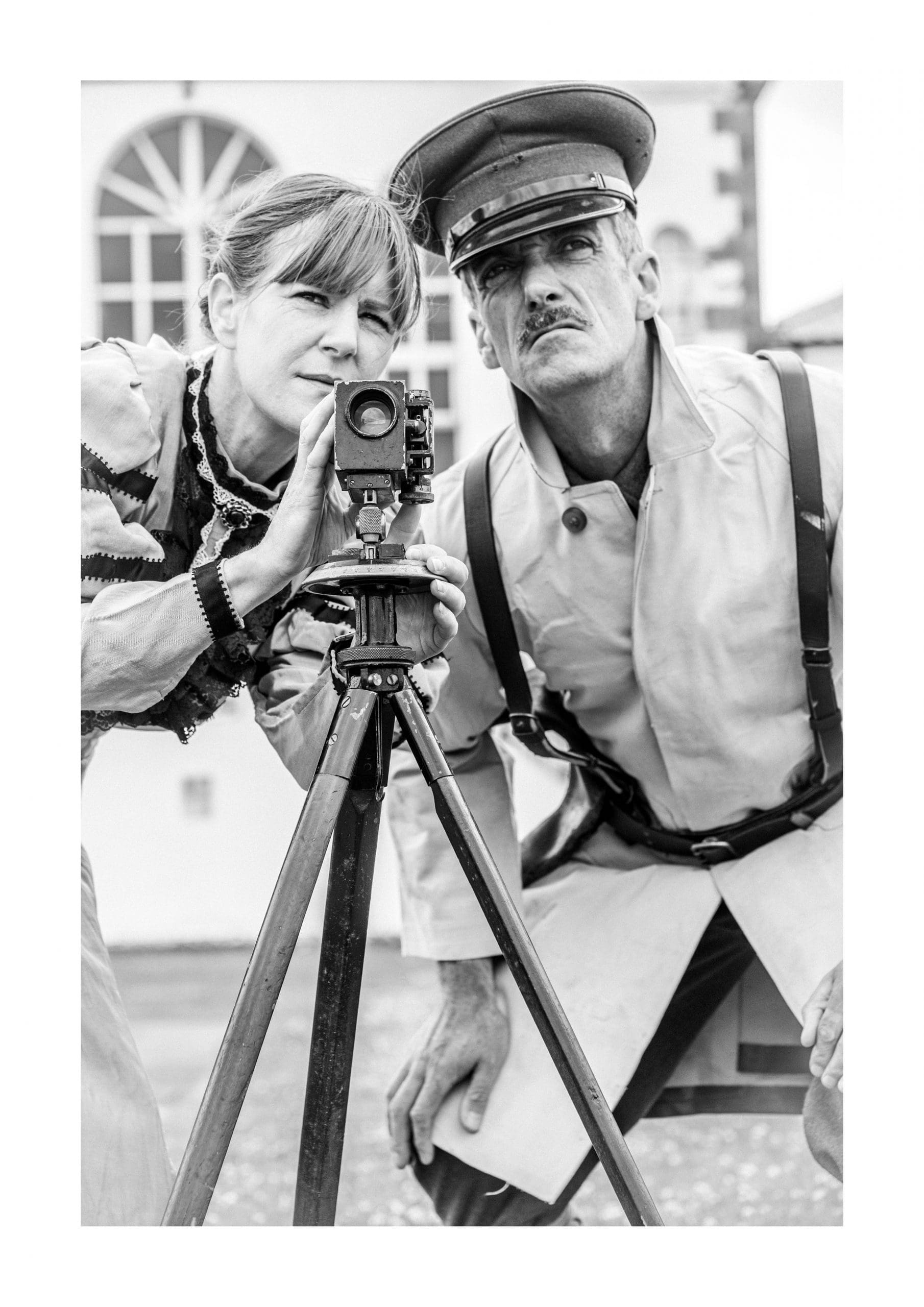

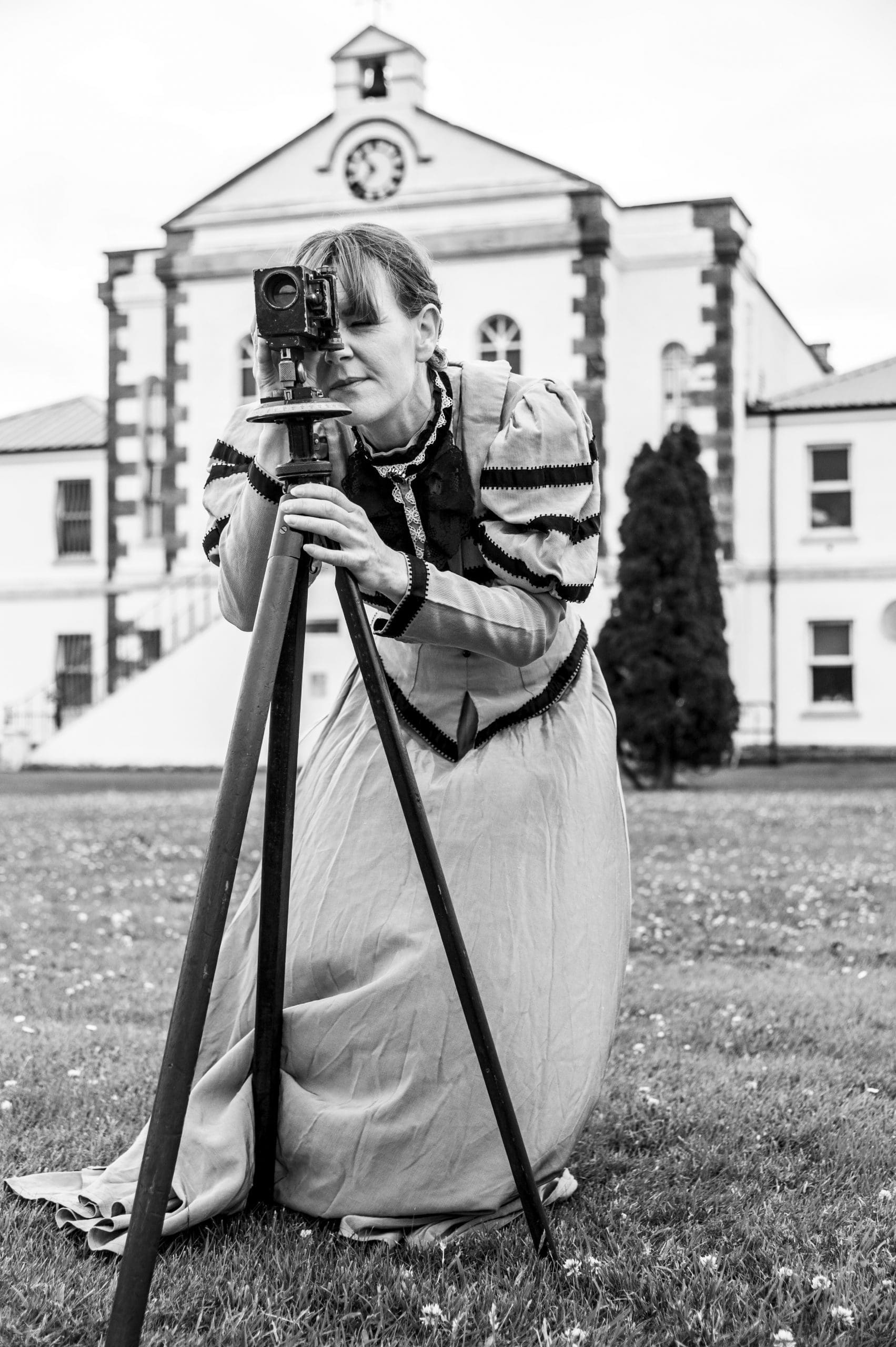

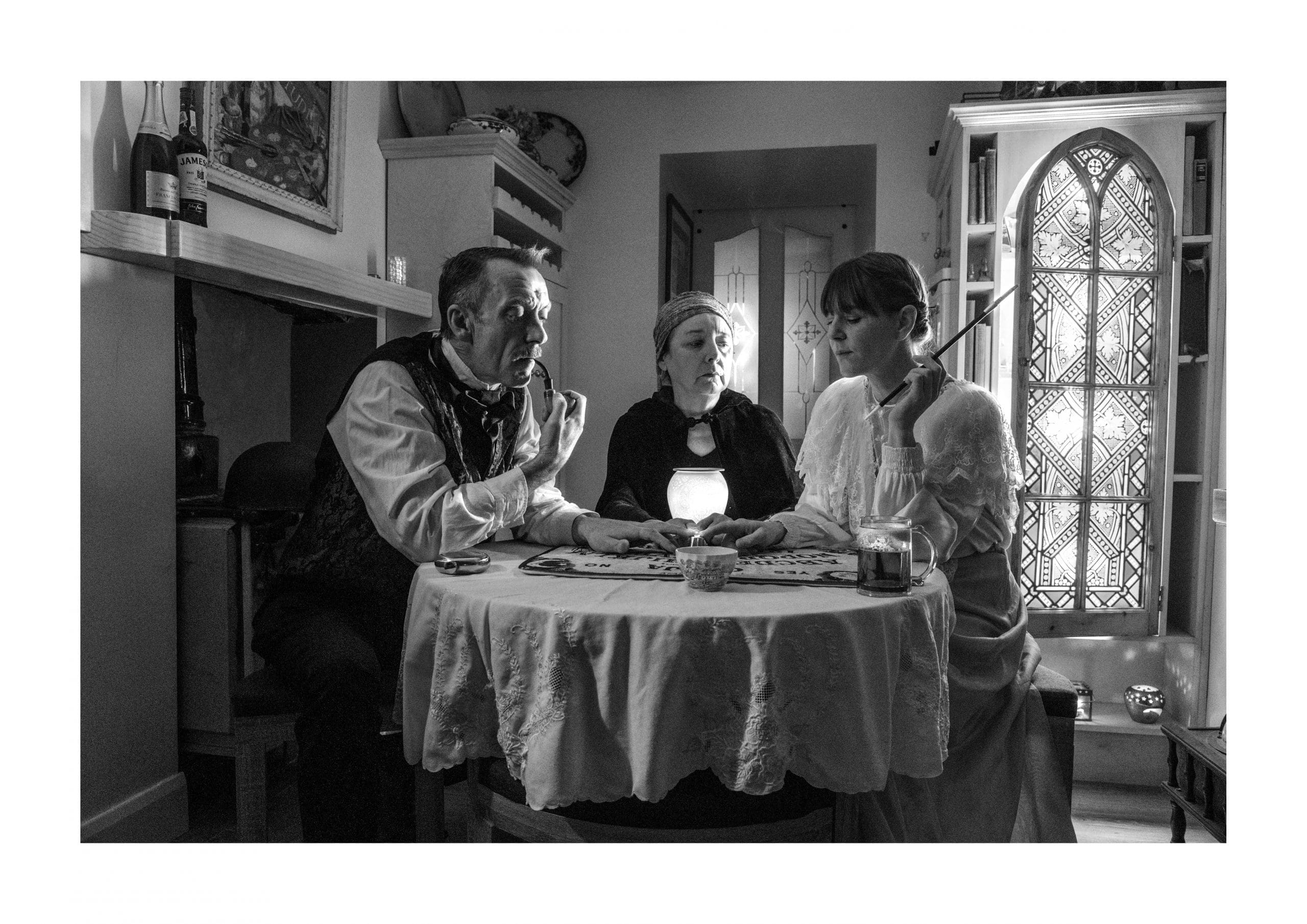

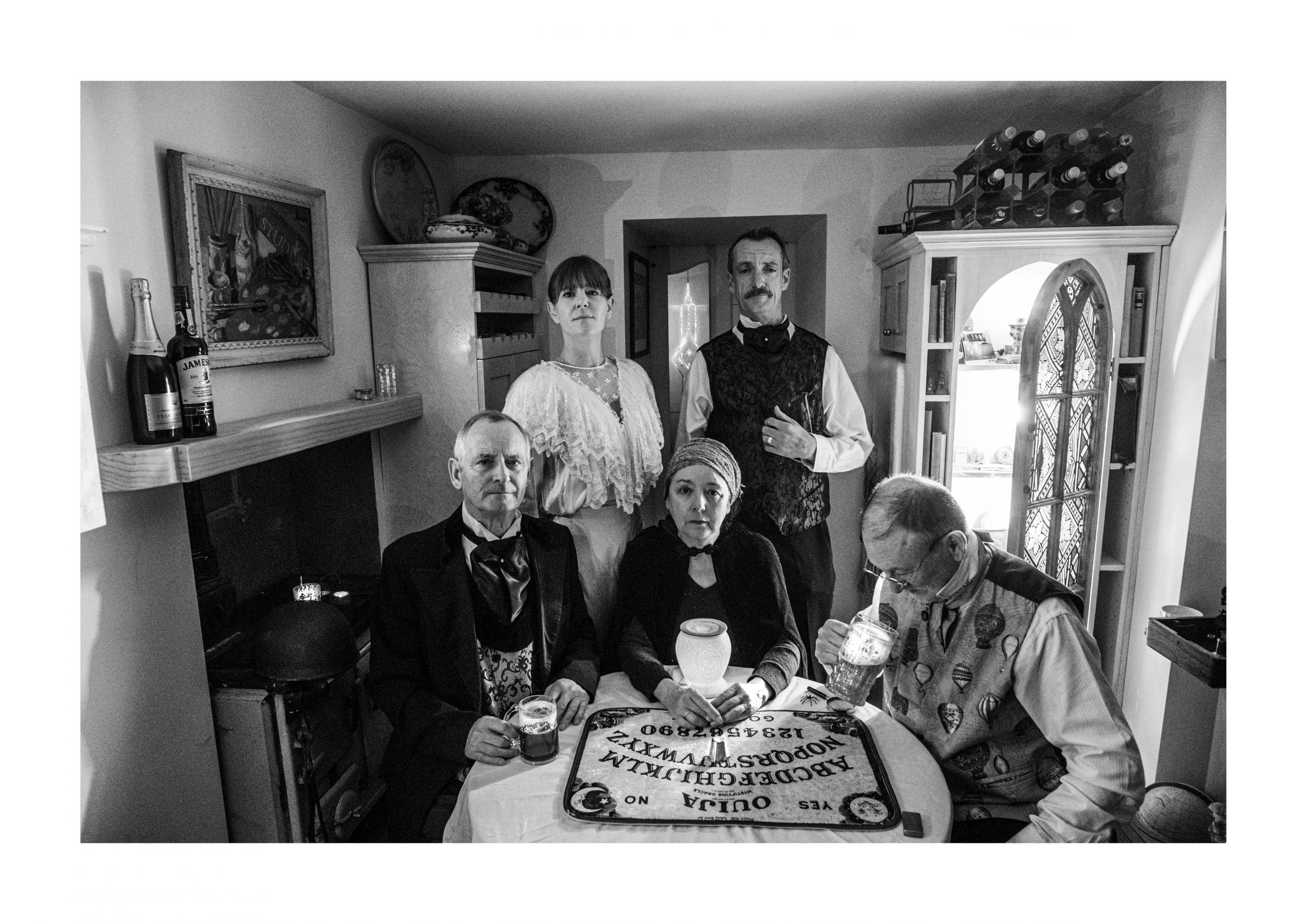
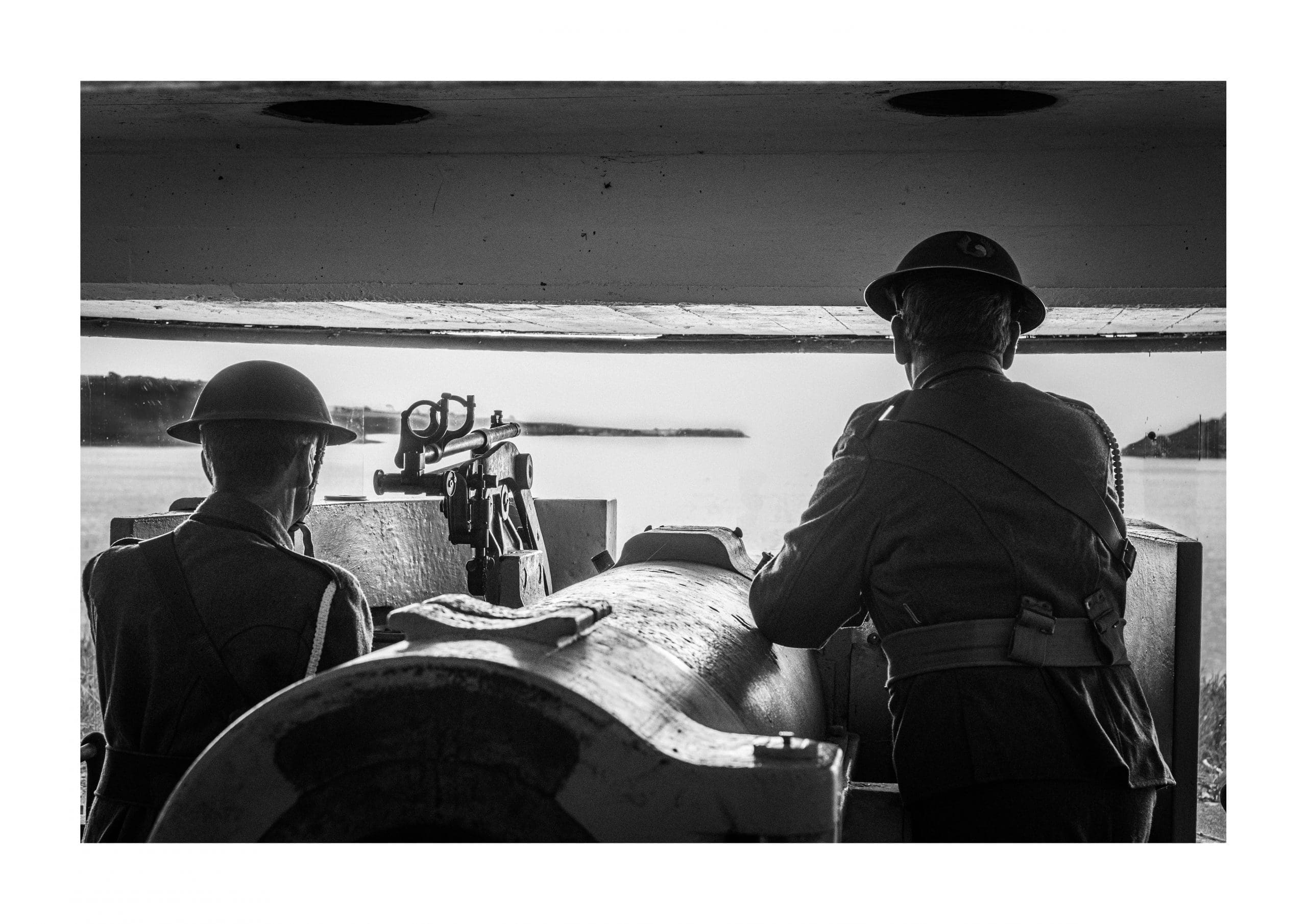

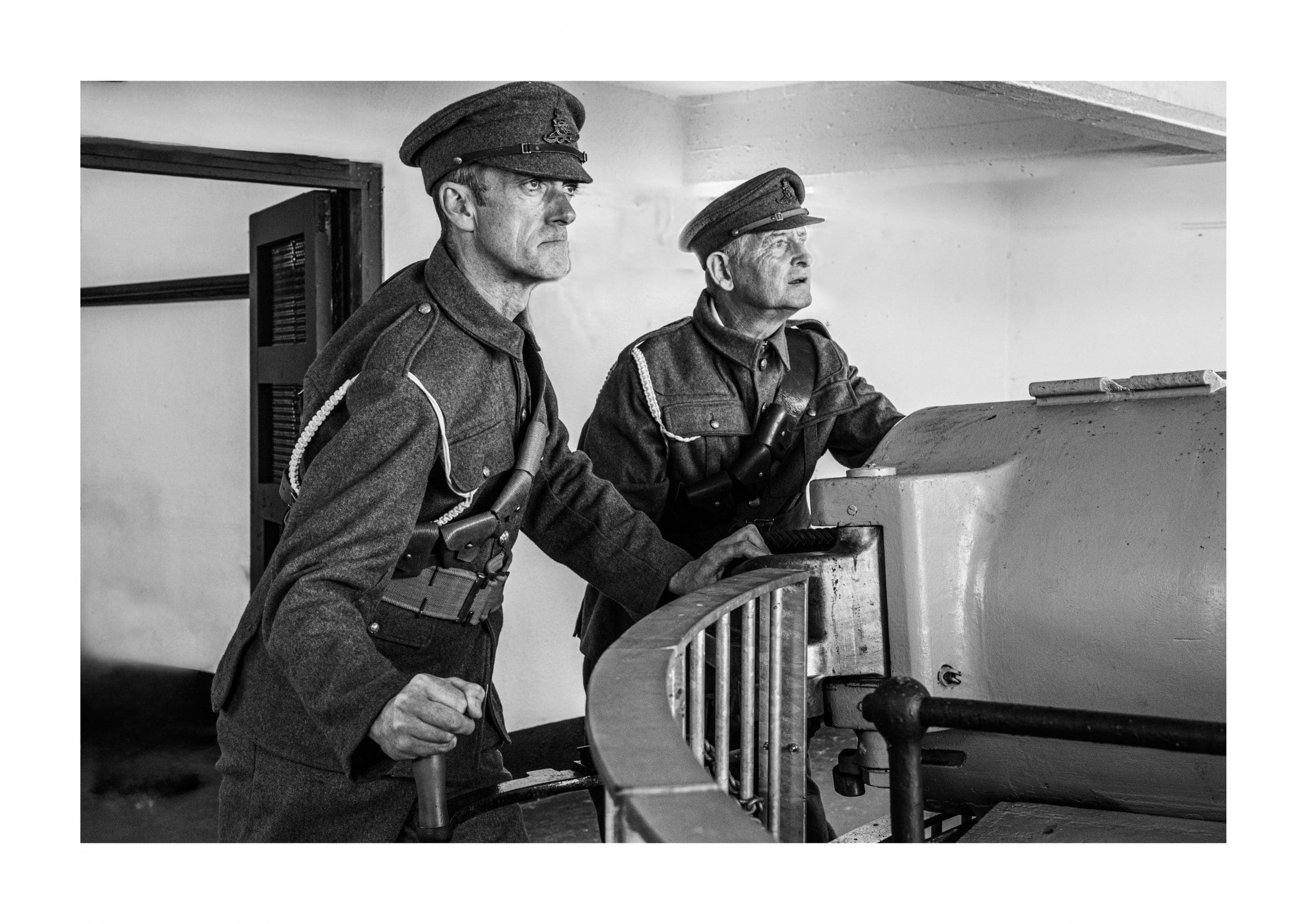
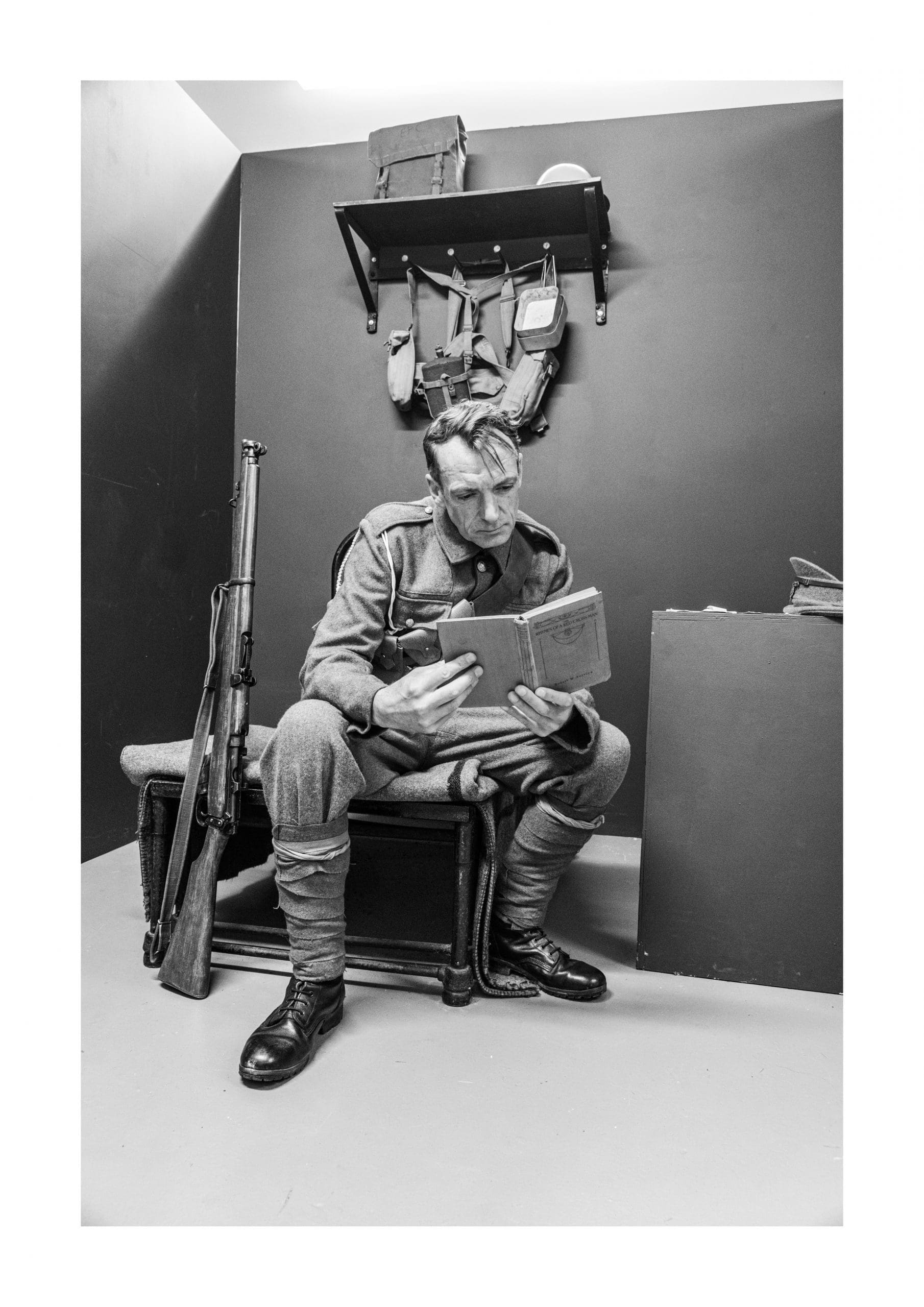
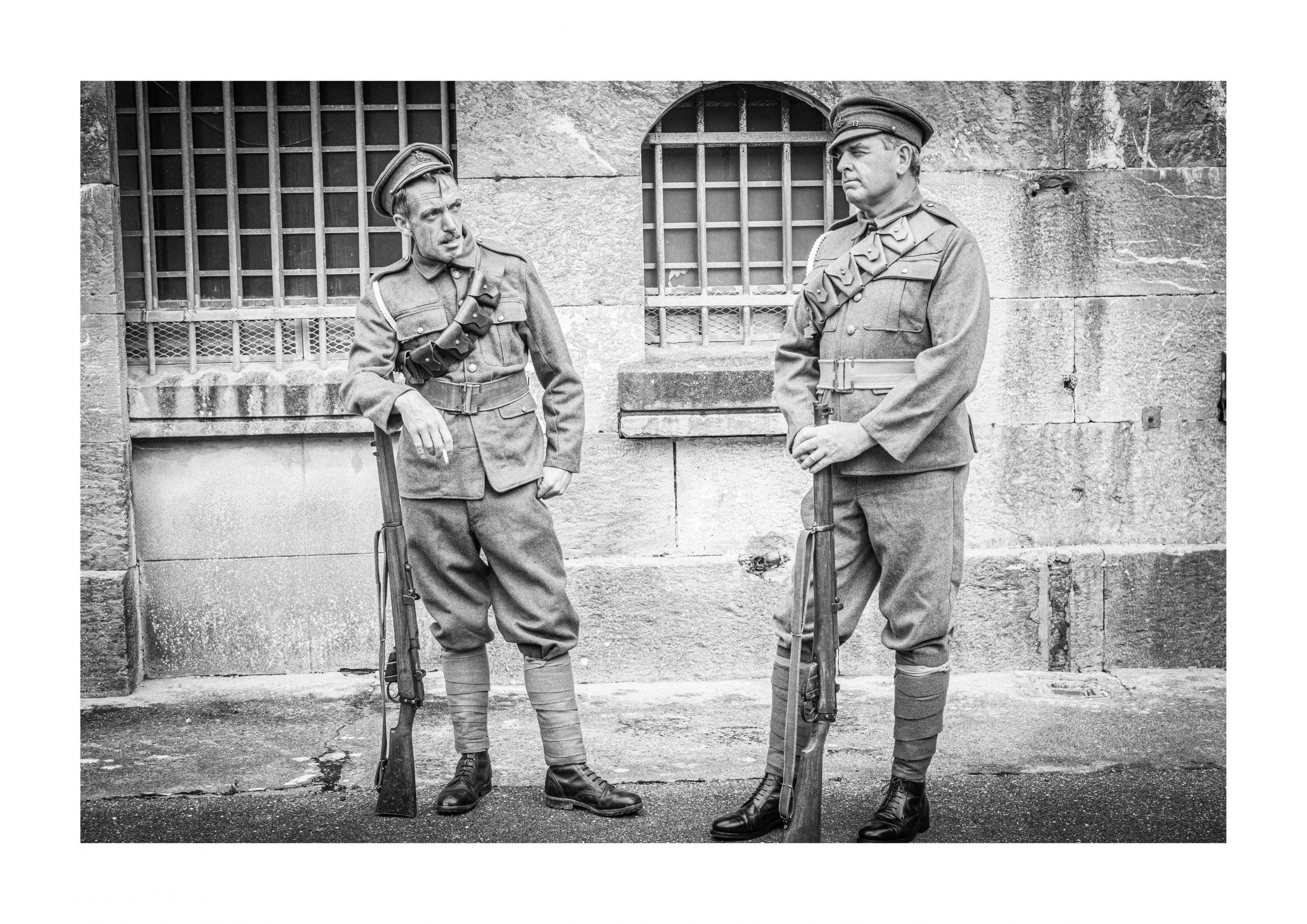
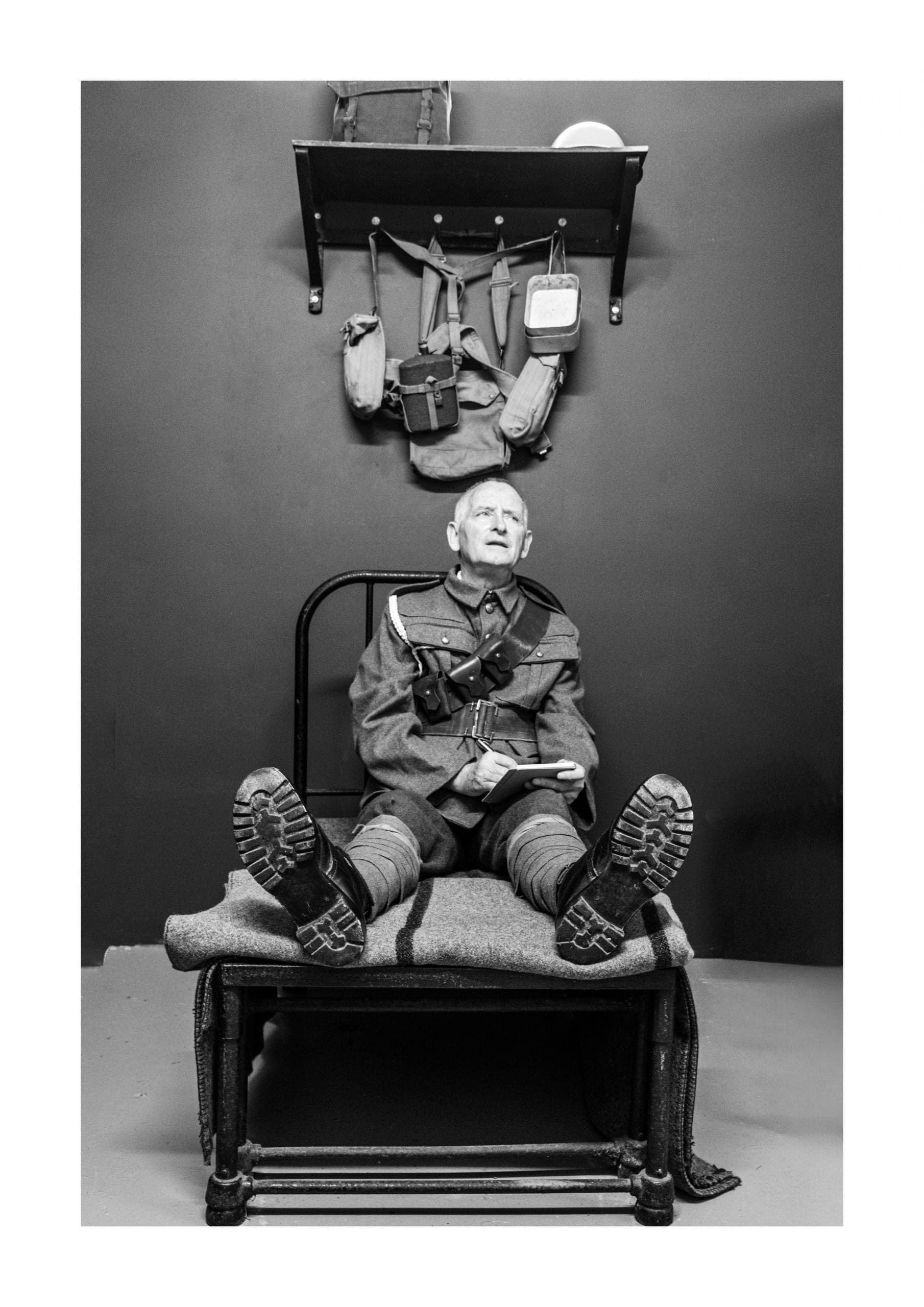
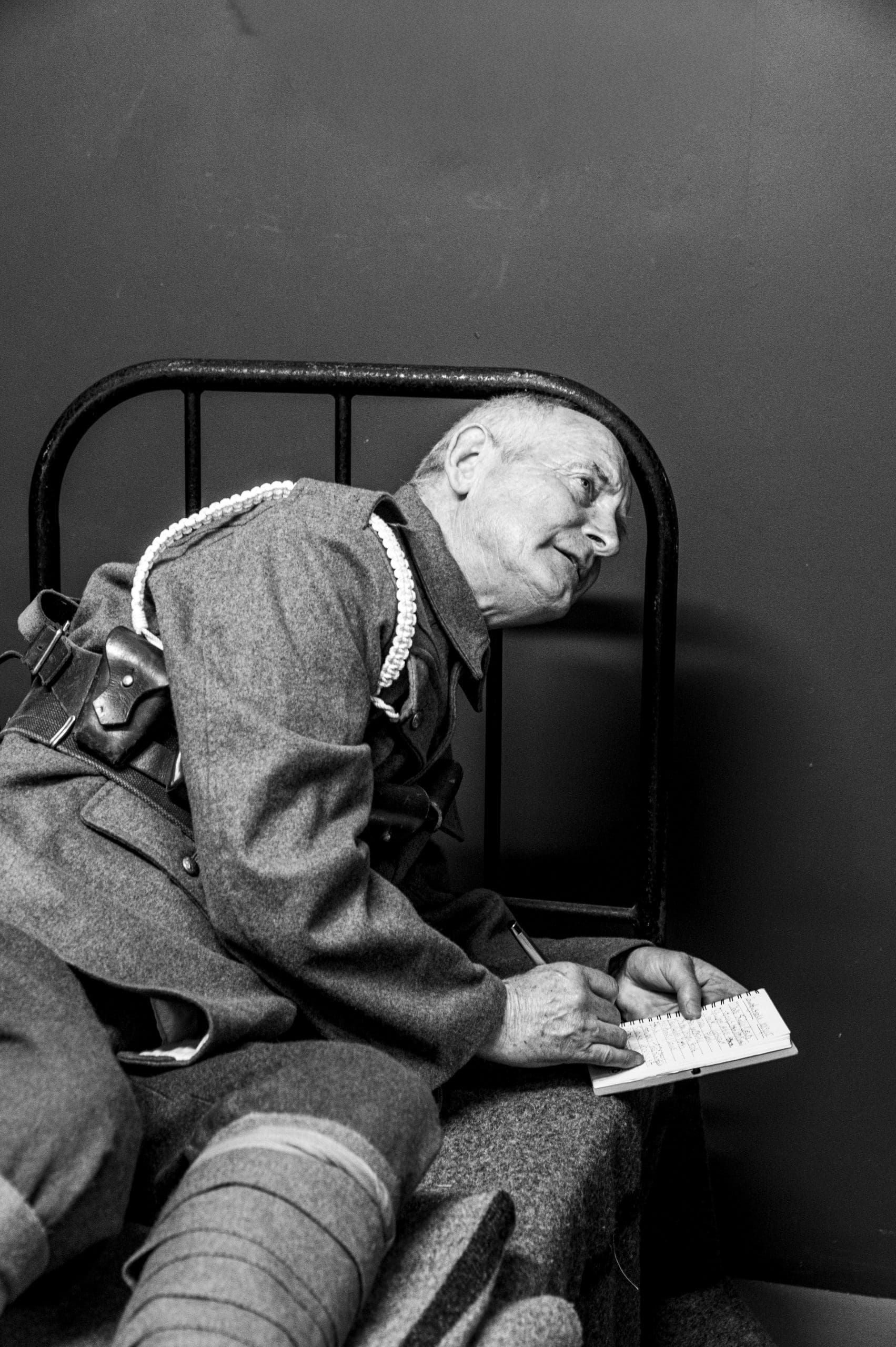
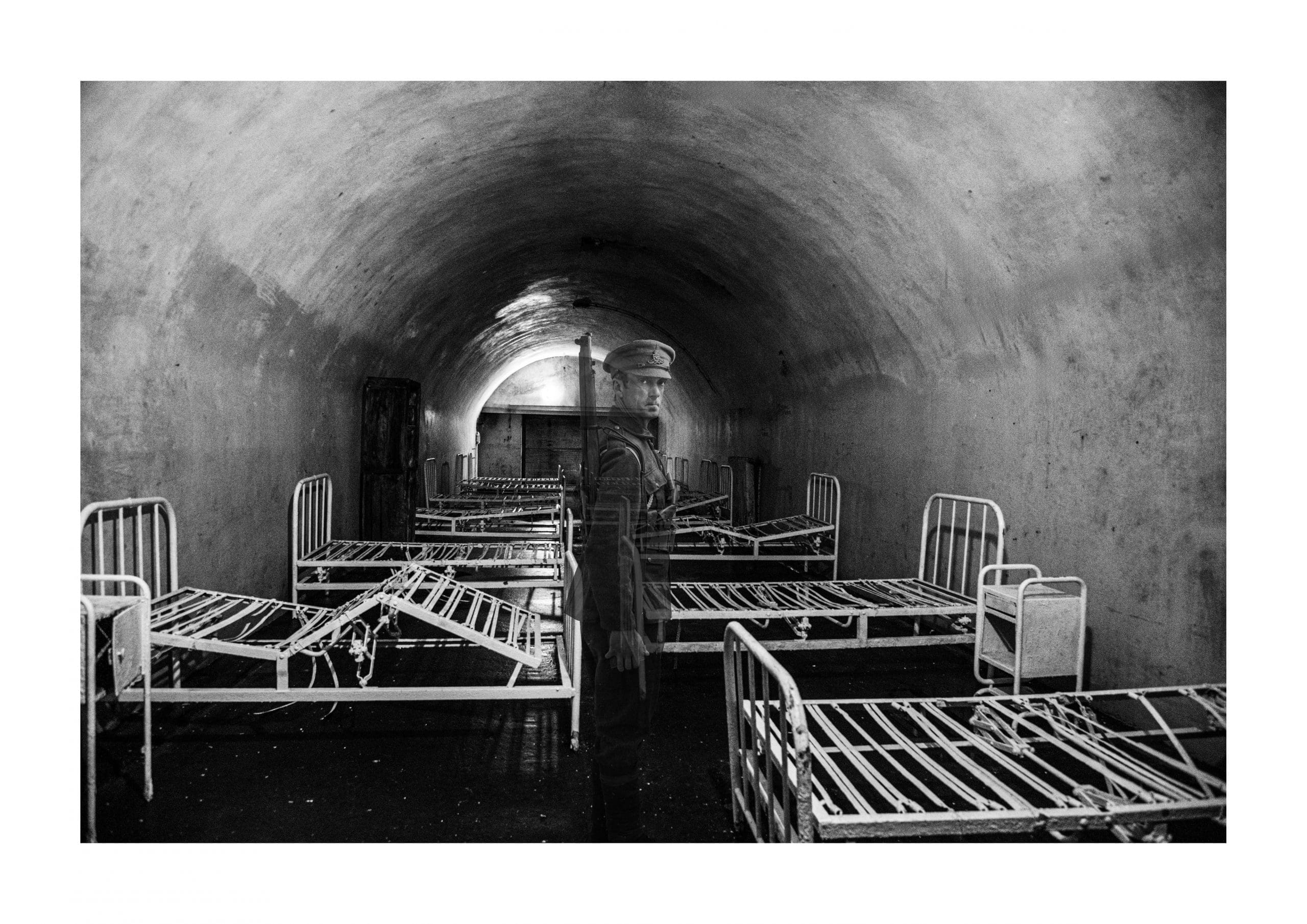
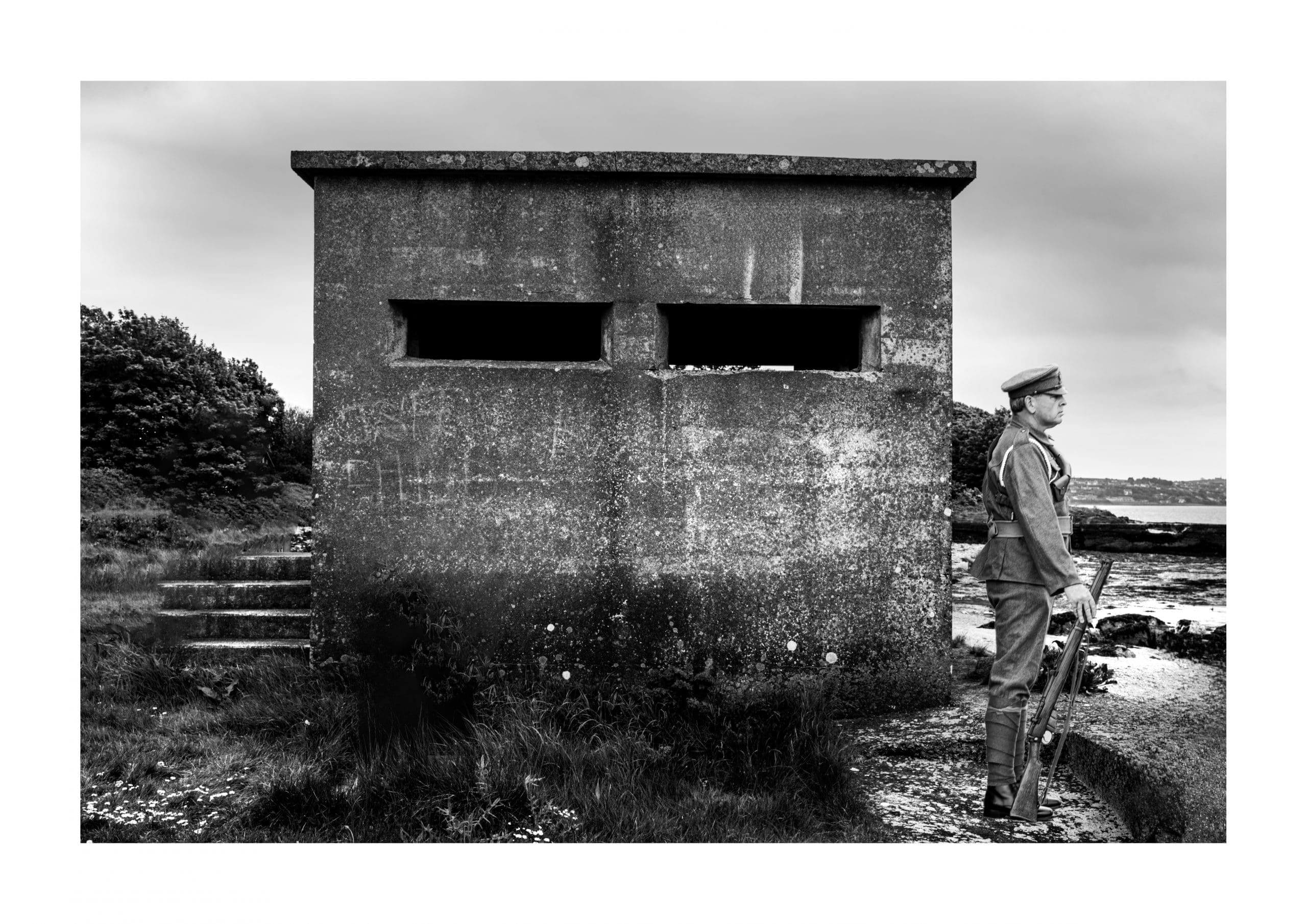

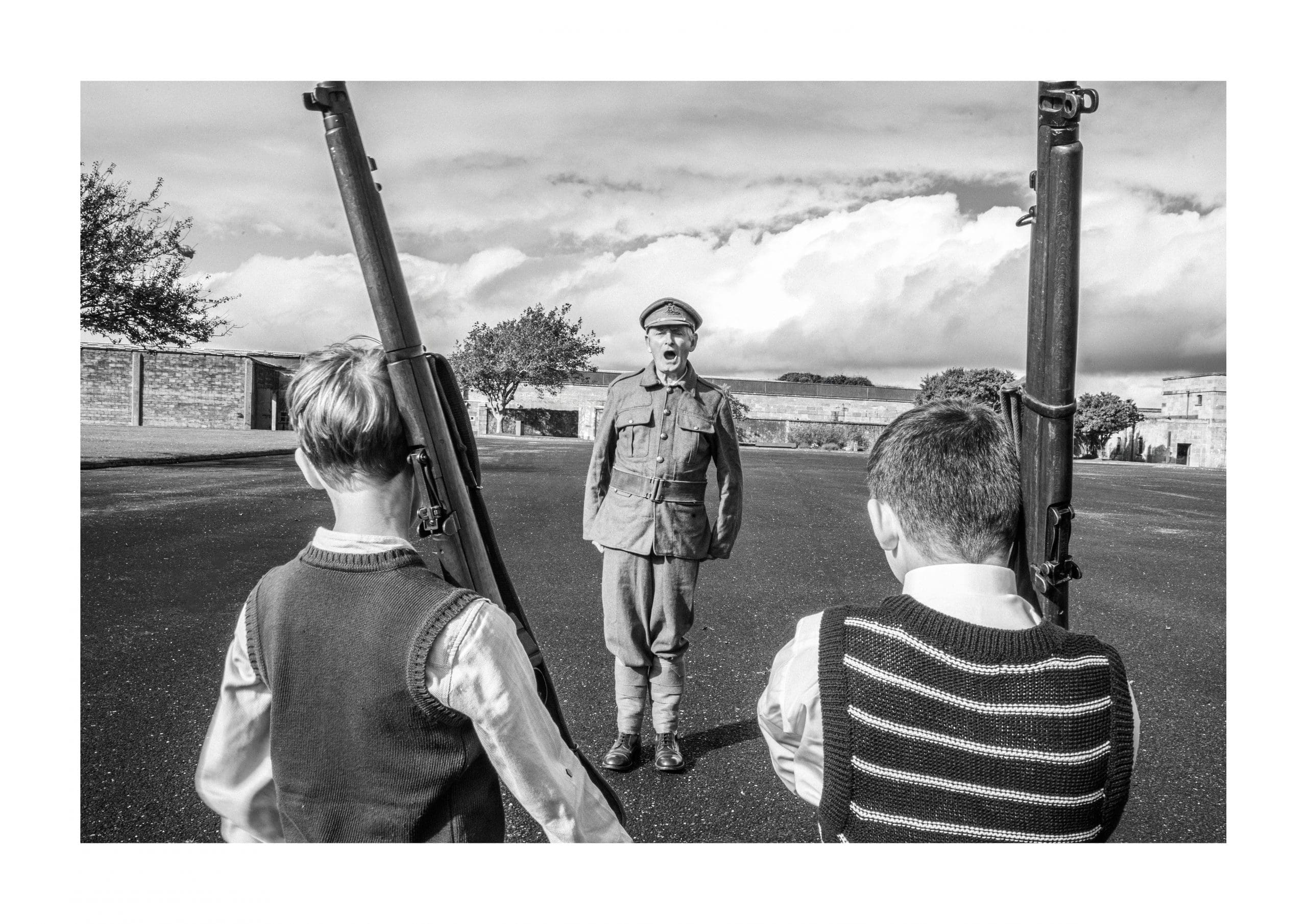
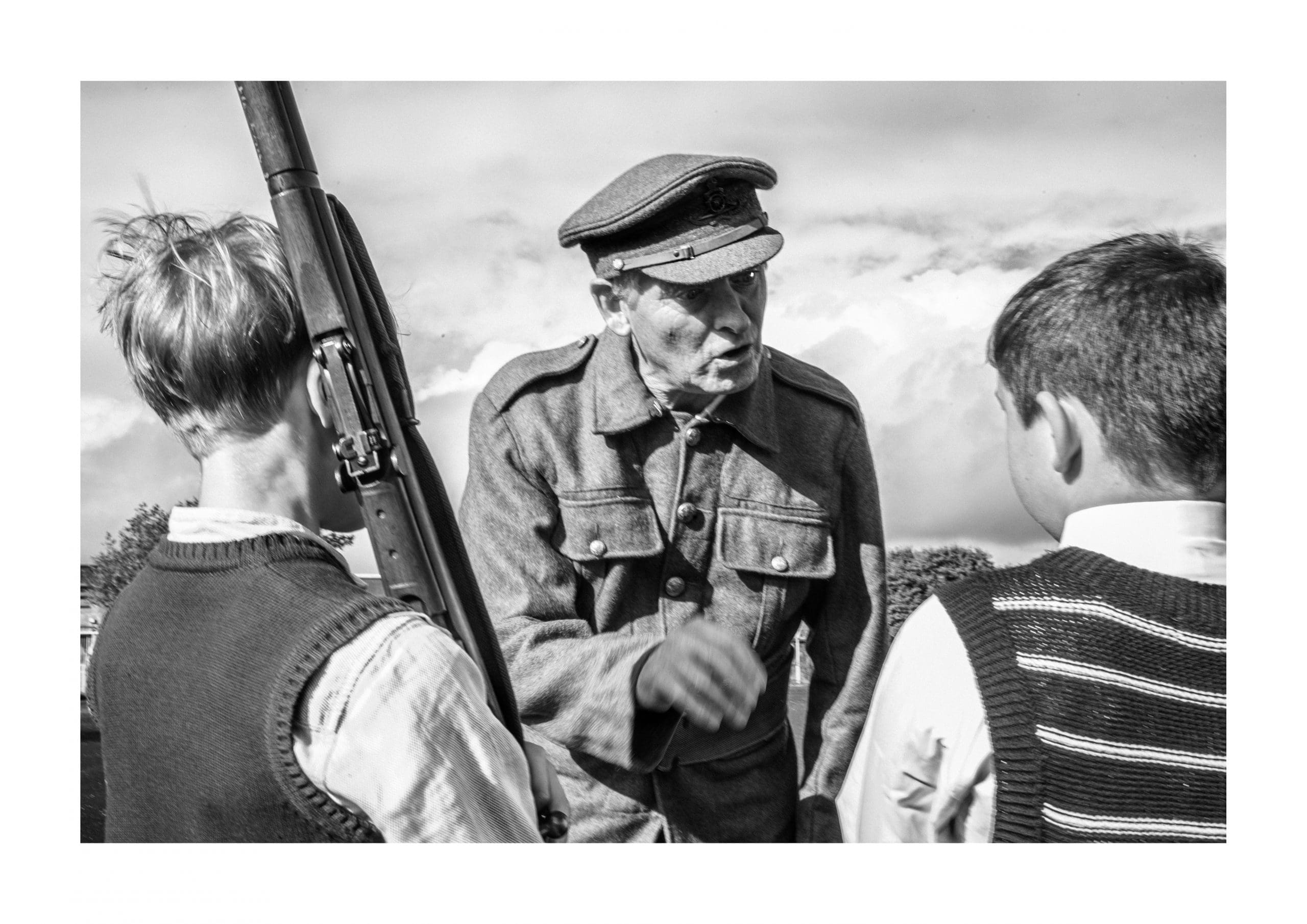
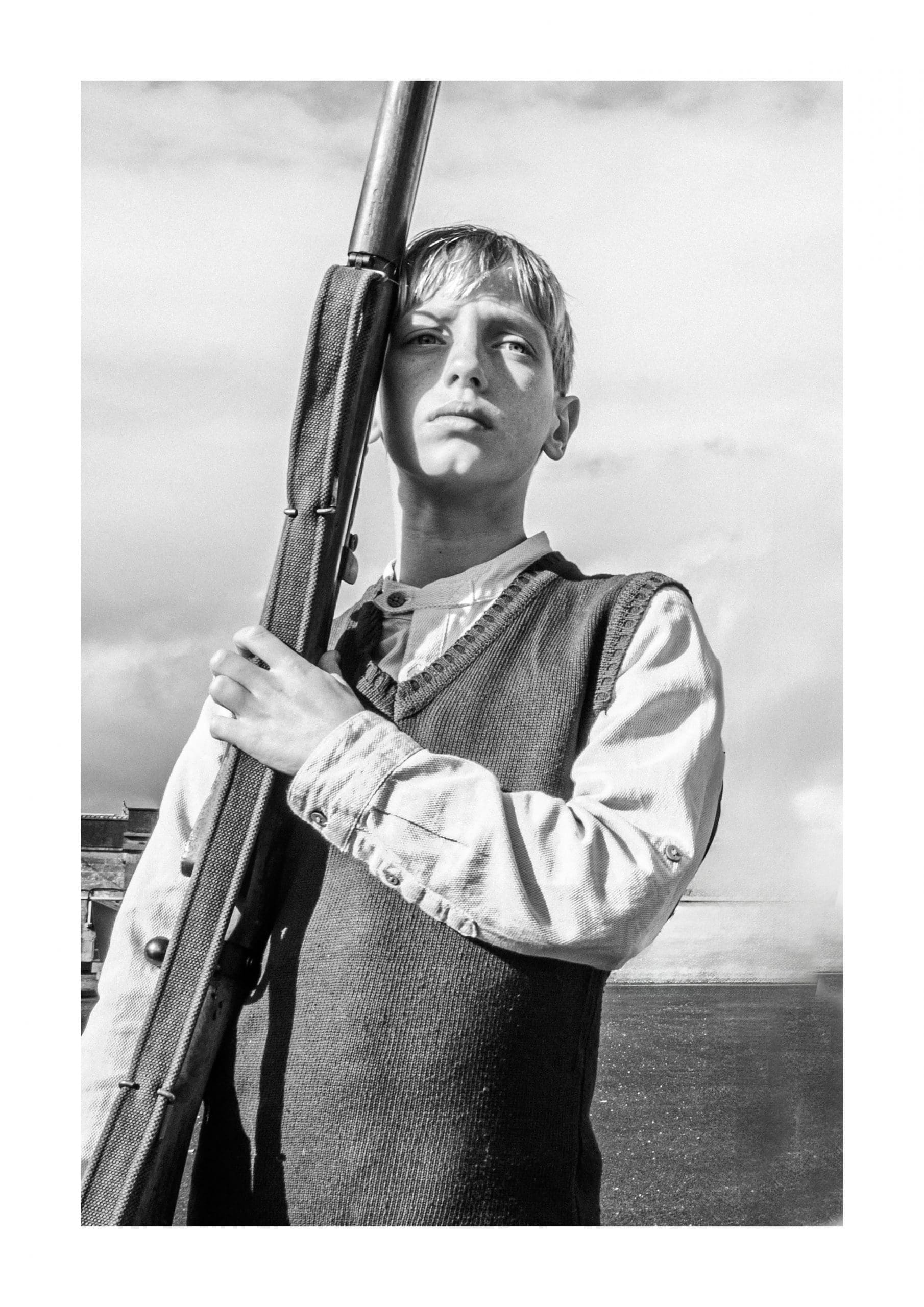
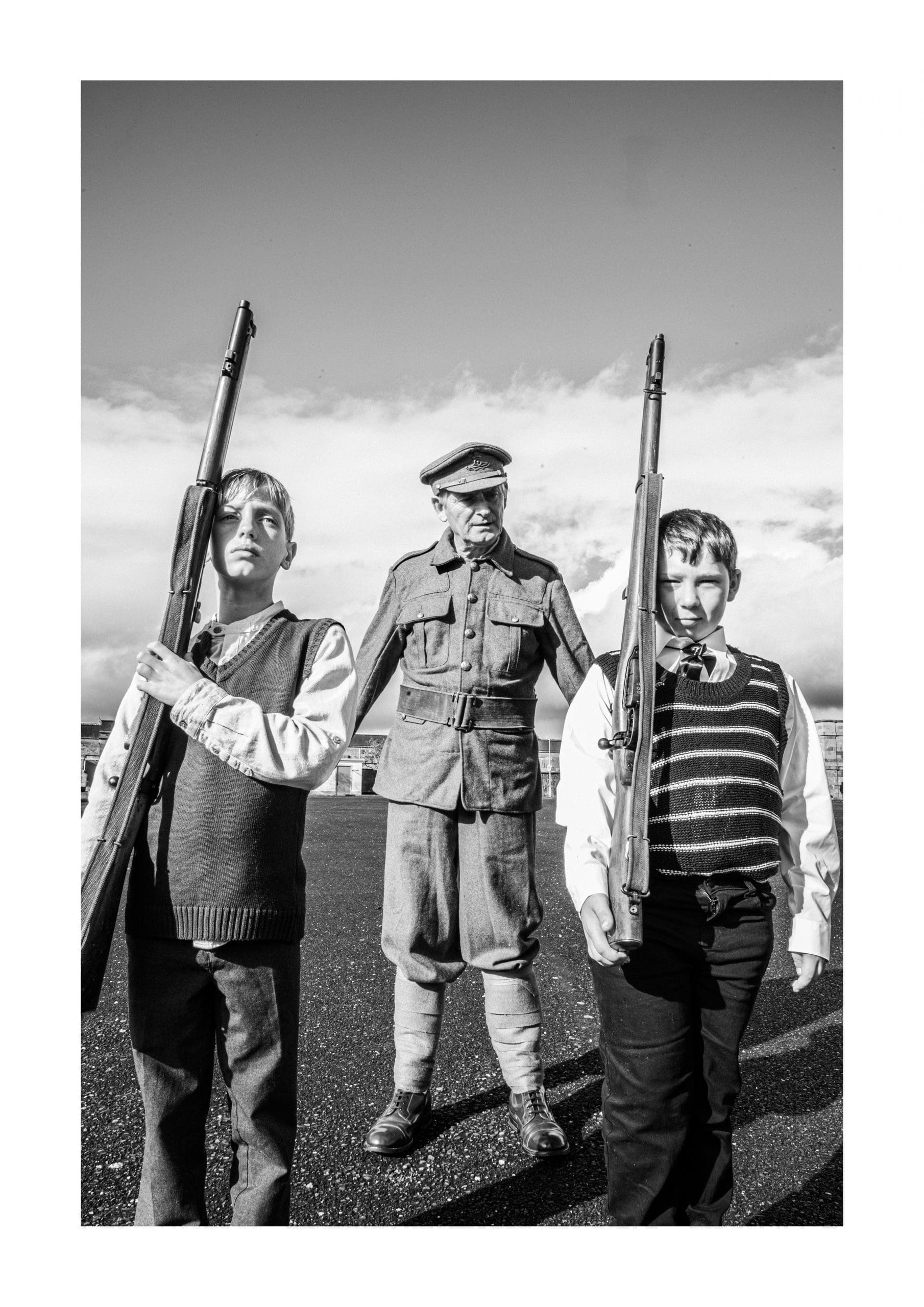
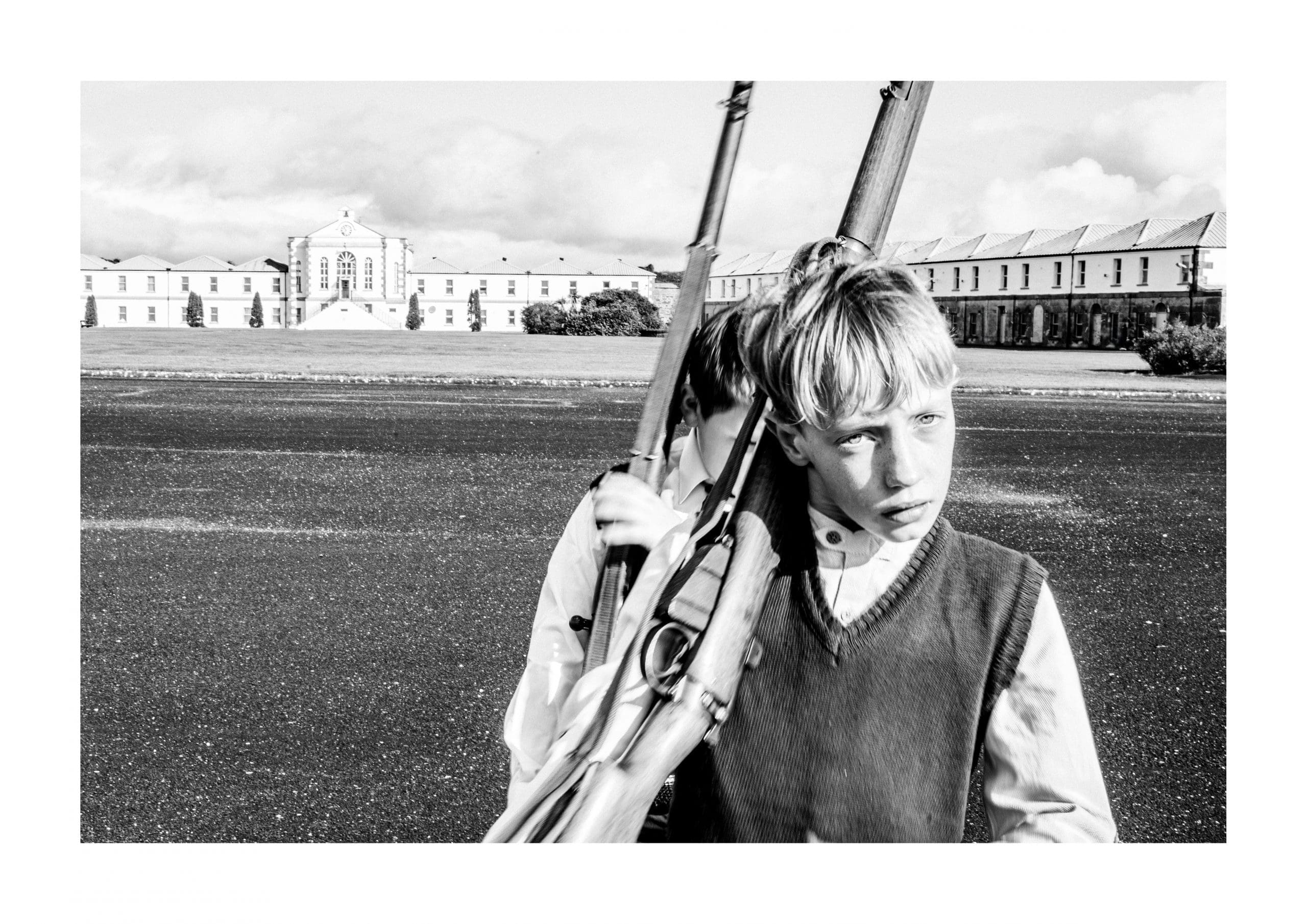

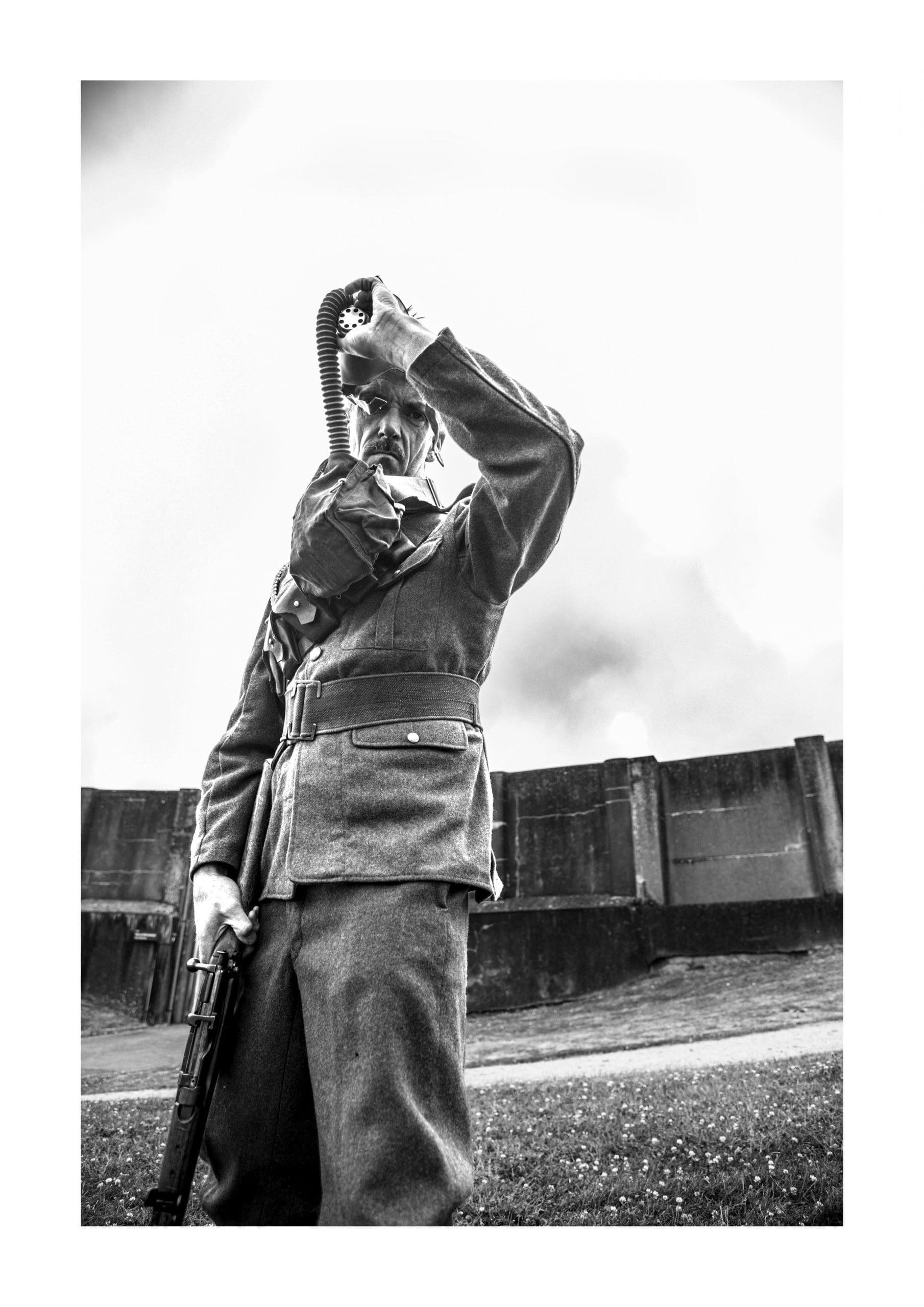
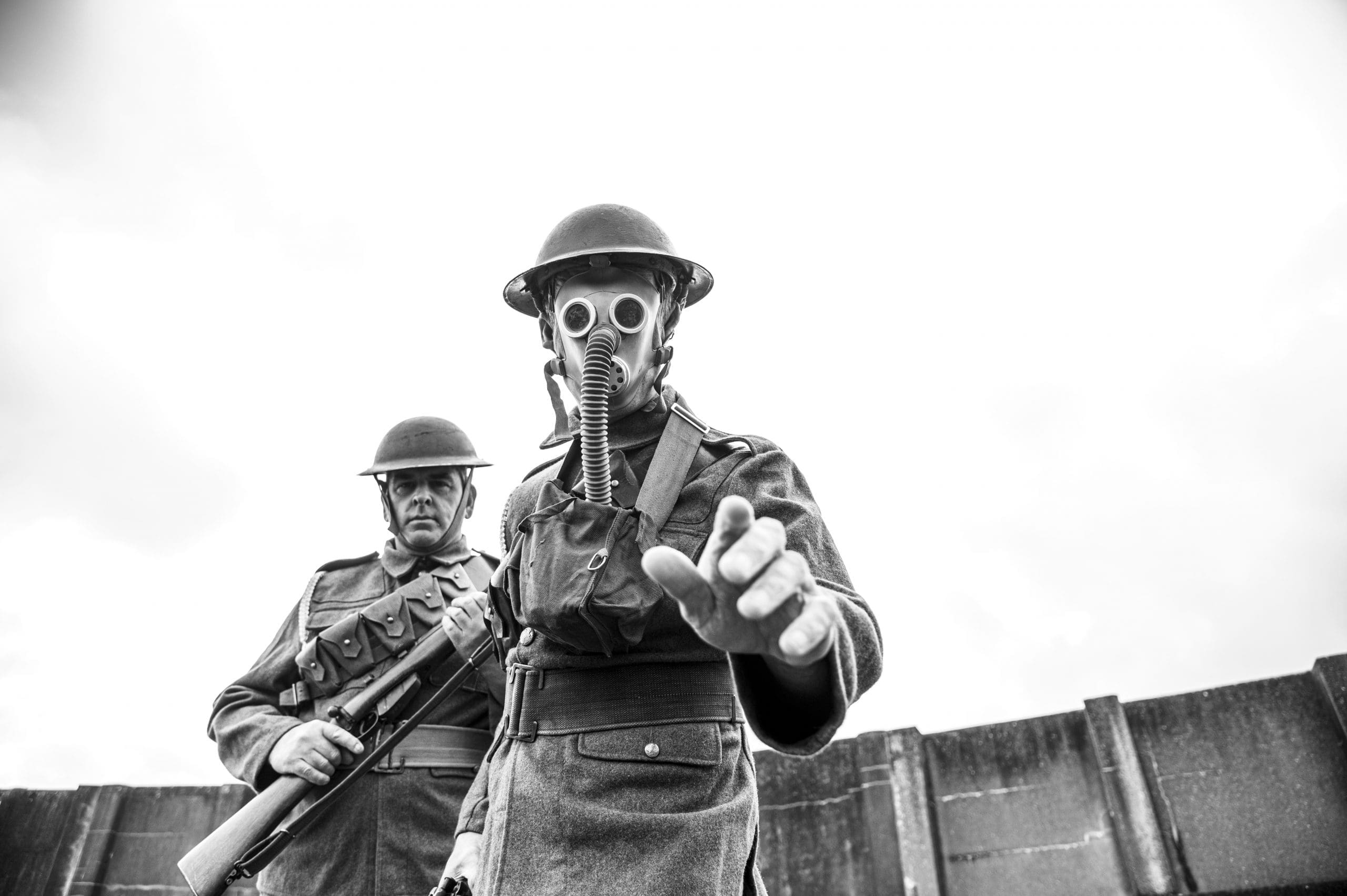
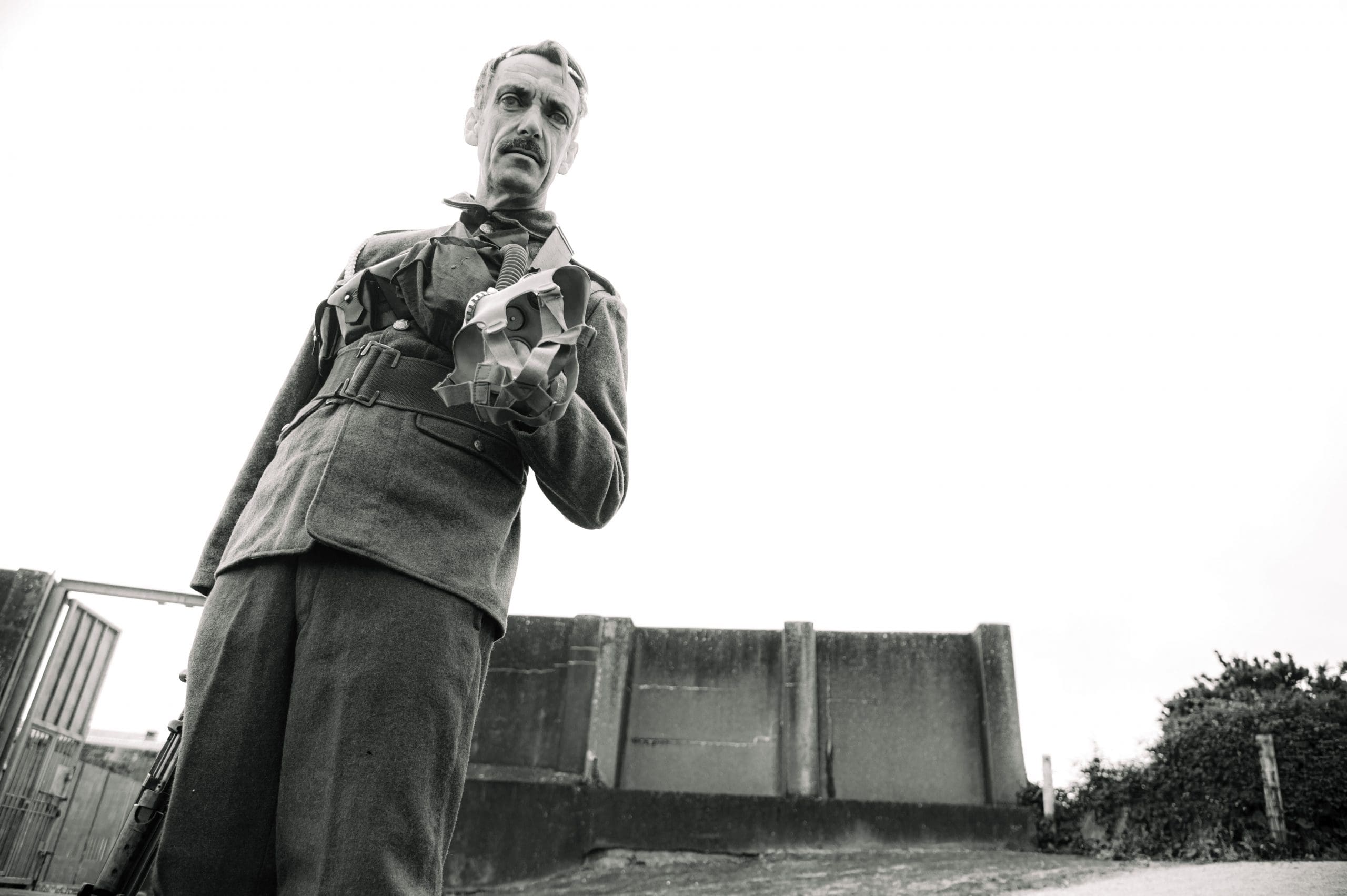
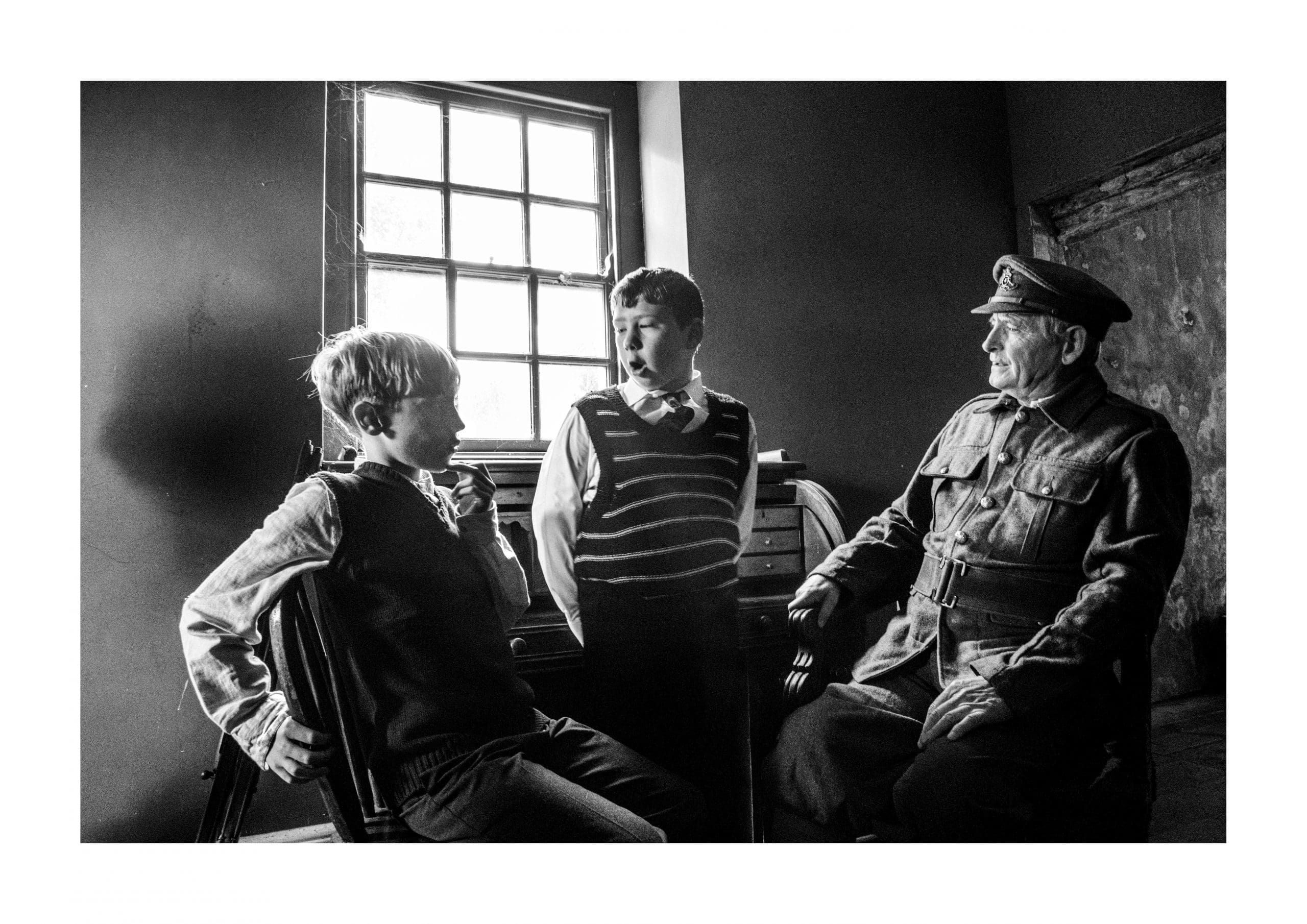
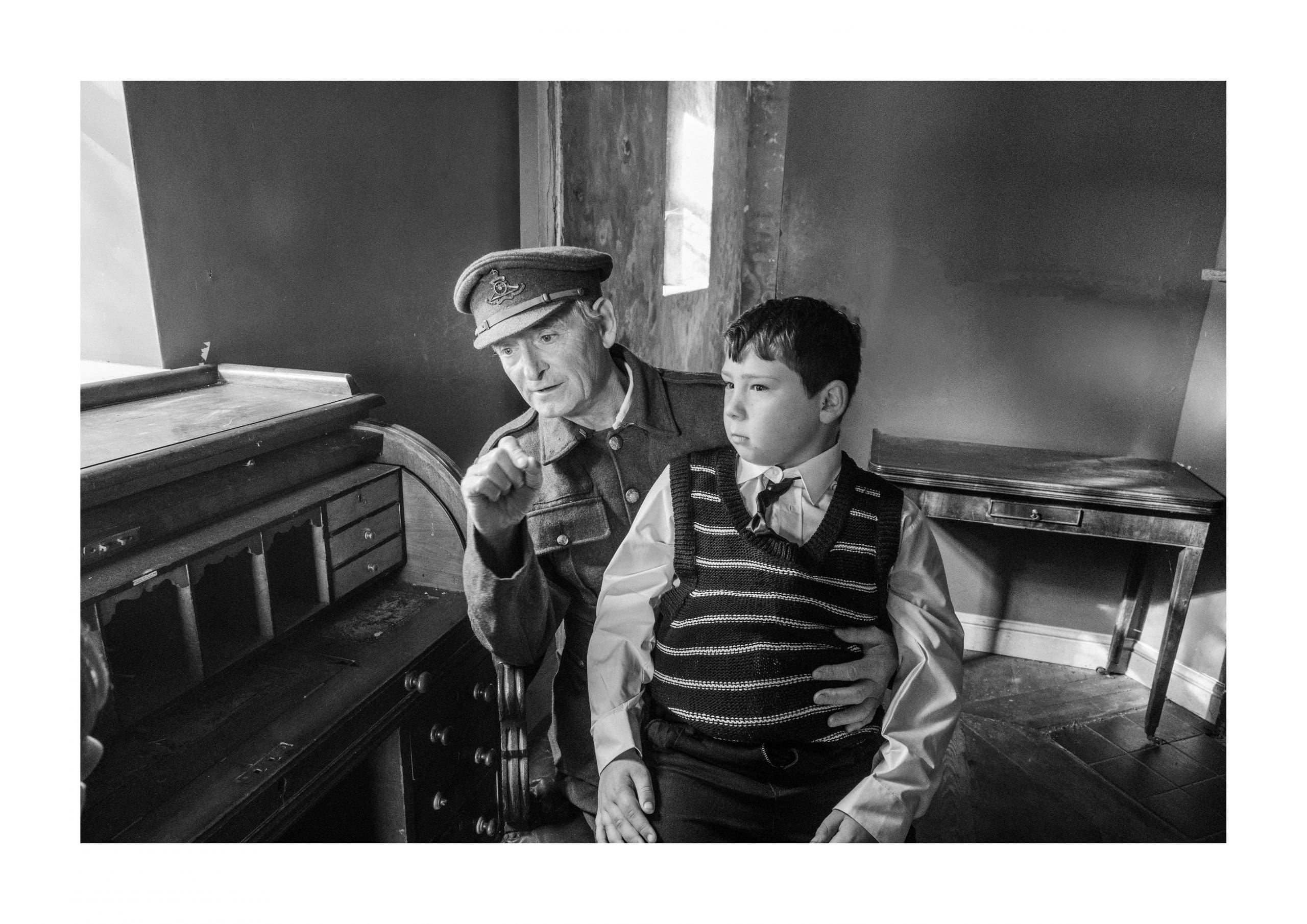
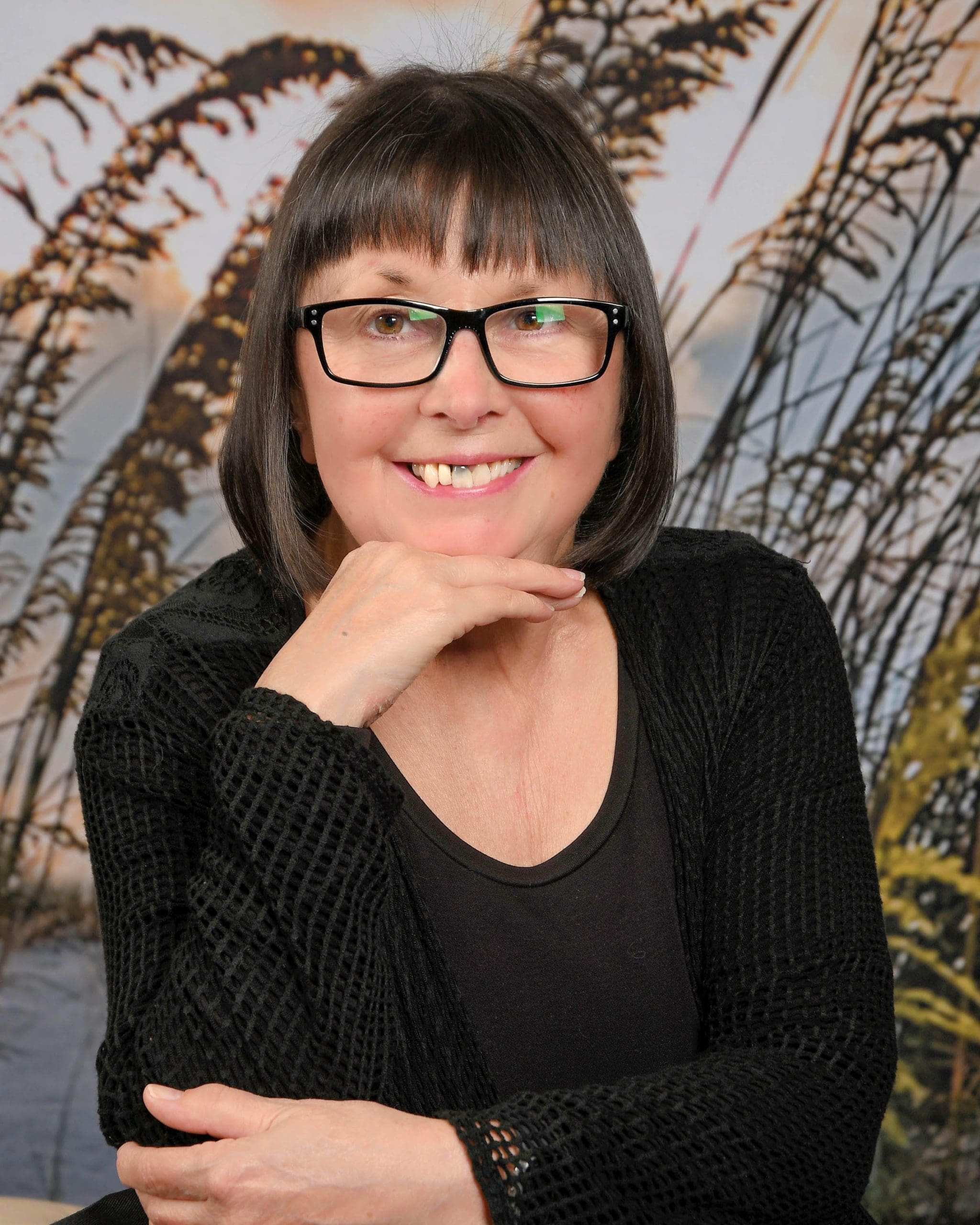 Fionnghuala Smith has been a volunteer on Spike Island for nearly 3 years and is extensively researching the military history period 1883 to 1938.
Fionnghuala Smith has been a volunteer on Spike Island for nearly 3 years and is extensively researching the military history period 1883 to 1938.
